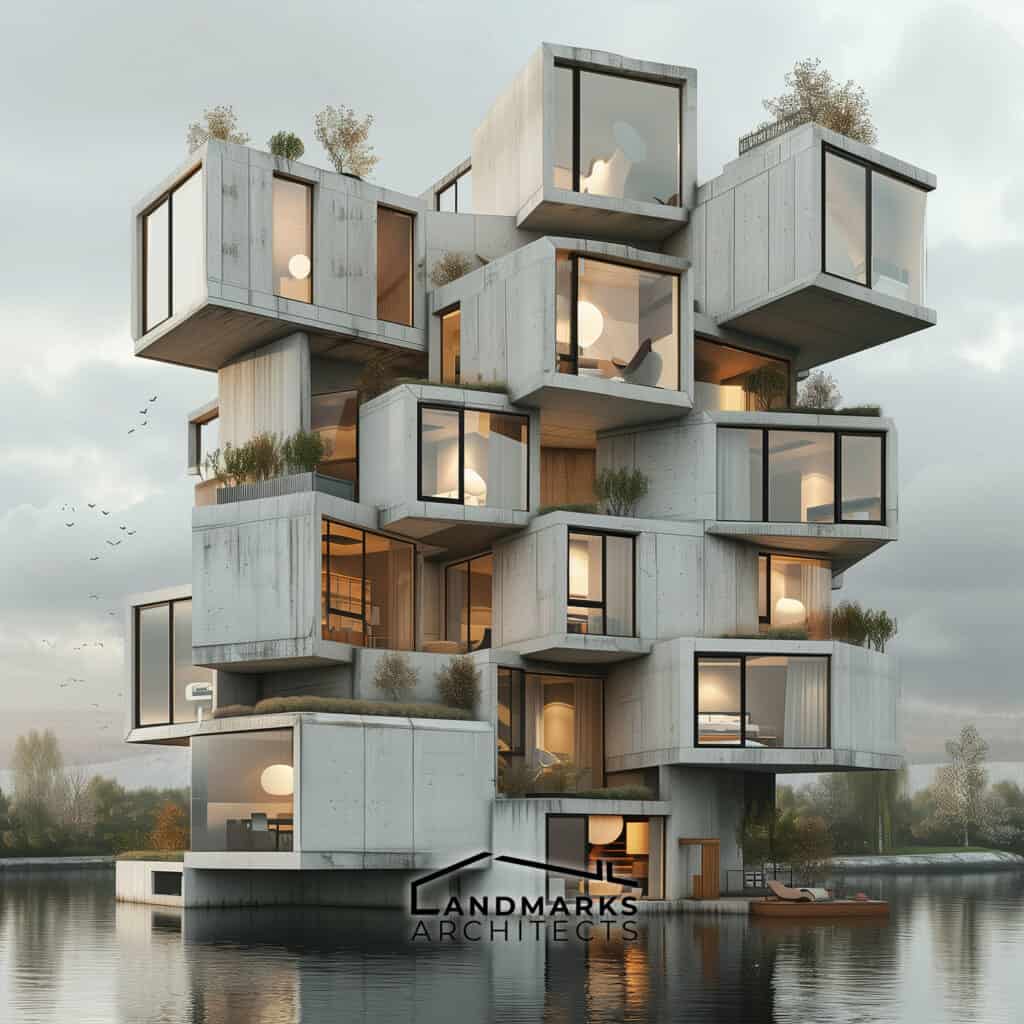
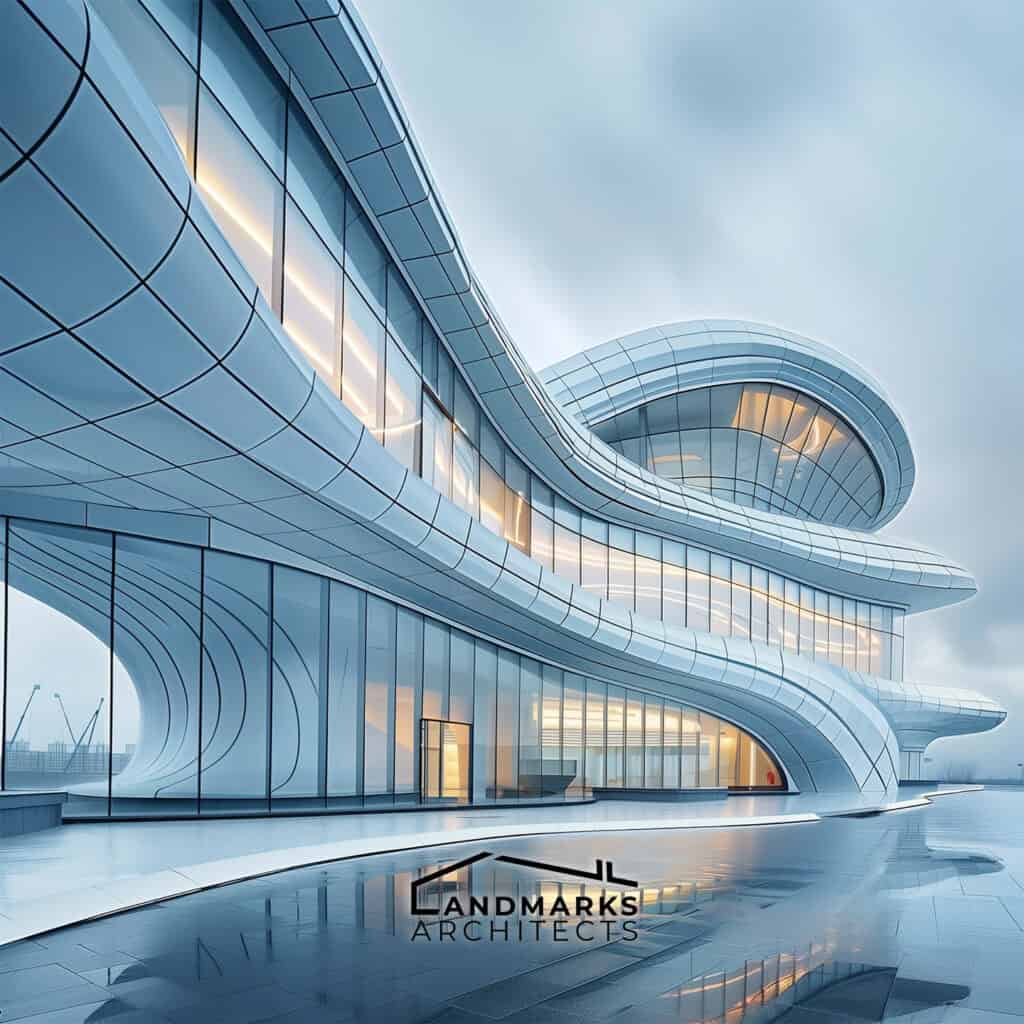
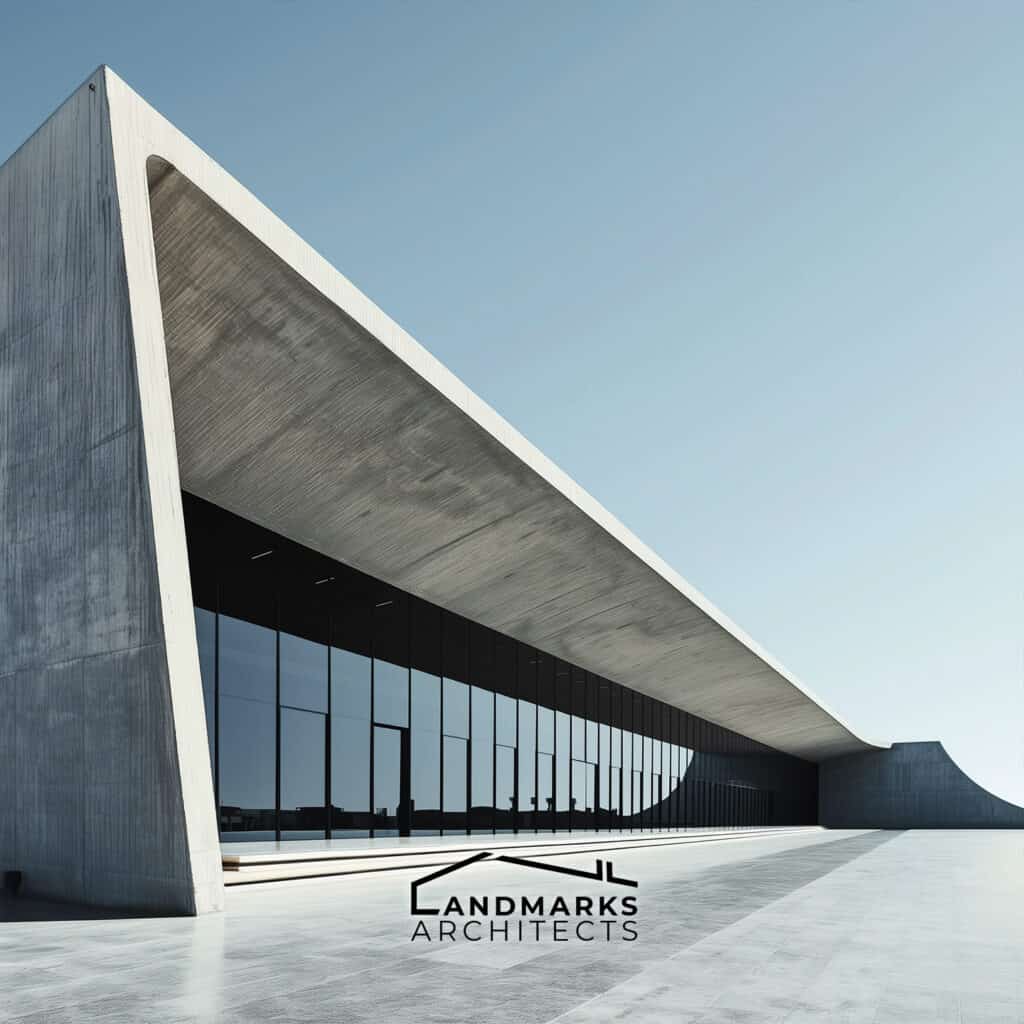
Are you seeking architectural designs that authentically express your style and vision? Whether you crave clean, modern lines or the organic flow of curvilinear forms, finding the perfect architectural fit can seem daunting.
As a homeowner or developer, you know the importance of a space that aligns with your unique identity. At Landmarks Architects, we understand the frustration of cookie-cutter solutions. With years of experience crafting bespoke designs, we’re here to guide you through every step.
In this article, we will cover:
- Linear Forms: Exploring their role in structural integrity and spatial efficiency.
- Rectilinear Forms: Analyzing how geometric precision shapes modern architectural aesthetics.
- Curvilinear Forms: Unpacking their organic integration and impact on architectural innovation.
- Radial Forms: Investigating their centrality and symbolic power in architectural design.
- Clustered Forms: Understanding their role in creating dynamic and interconnected architectural spaces.
- Grid Forms: Examining their systematic arrangement and influence on urban landscapes.
- Modular Forms: Discovering their flexibility and adaptability in contemporary architecture.
- Organic Forms: Connecting architecture with nature through harmonious and structural design.
- Geometric Forms: Harnessing the power of primary shapes and proportions in architectural creativity.
Ready to transform your vision into reality? Discover how to create a space that truly reflects your identity and enhances your lifestyle.
1. Linear Forms
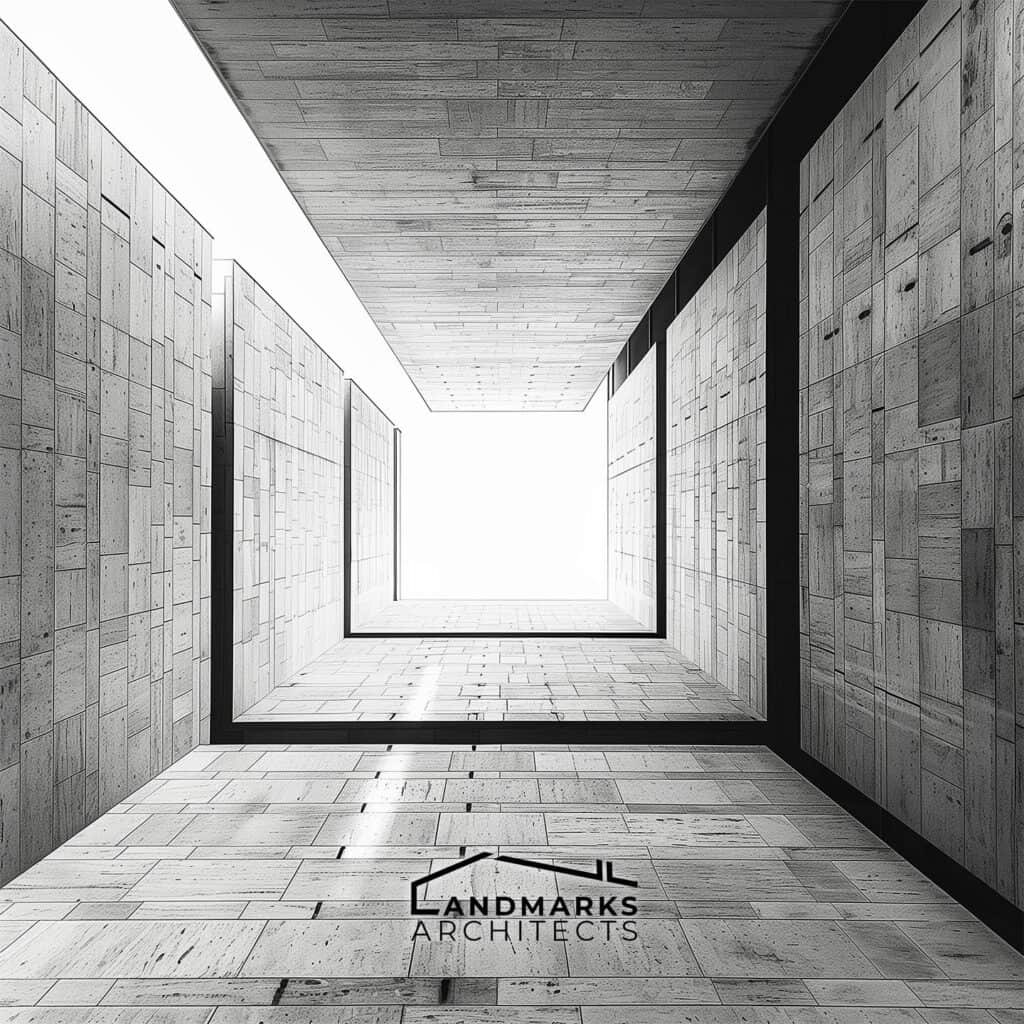
Linear forms are an essential aspect of architecture that contributes to the structural integrity of a building. They are used to create a sense of spatial tension and define the internal space of a structure. In this section, we will explore three key aspects of linear forms in architecture.
Linear Form and Structural Integrity
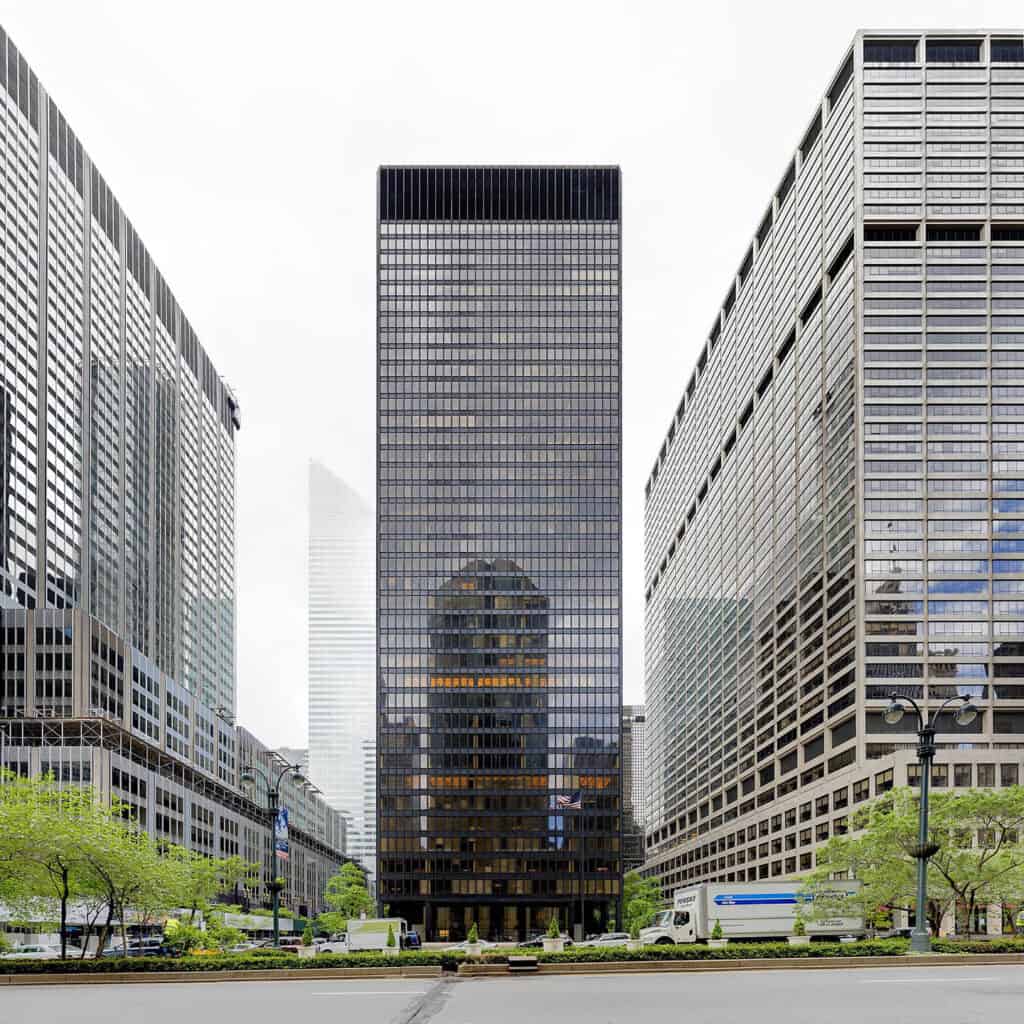
Linear forms are essential for a building’s structure, providing load-bearing capacity and supporting primary elements. The Seagram Building in NYC illustrates this with its bronze-tinted glass curtain wall supported by a steel frame of vertical and horizontal lines.
Functional Requirements and Spatial Efficiency
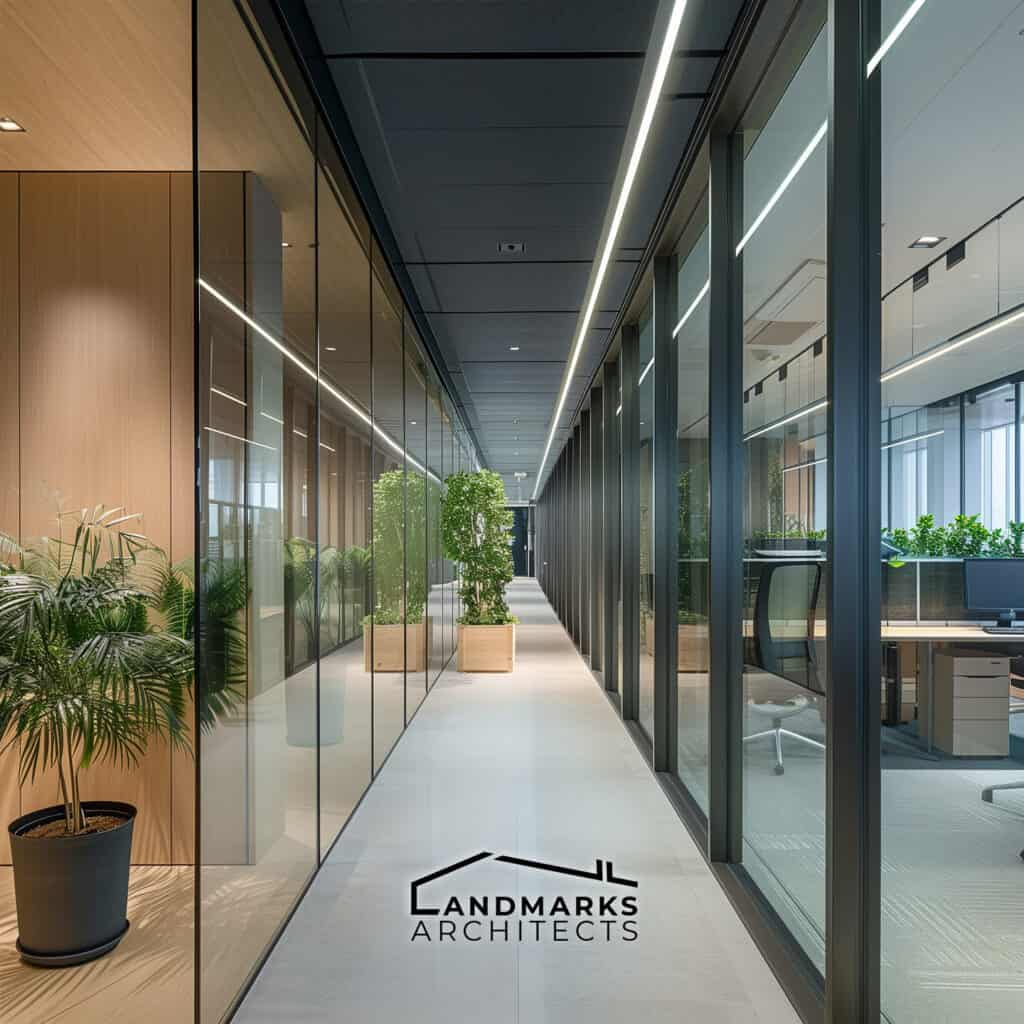
Linear forms also contribute to the functional requirements of a building. They can be used to create efficient and flexible internal spaces that maximize the use of available space. For example, the use of linear forms in the design of office buildings can create a sense of openness and collaboration while still maintaining individual workspaces.
Incorporating New Materials and Architectural Theory
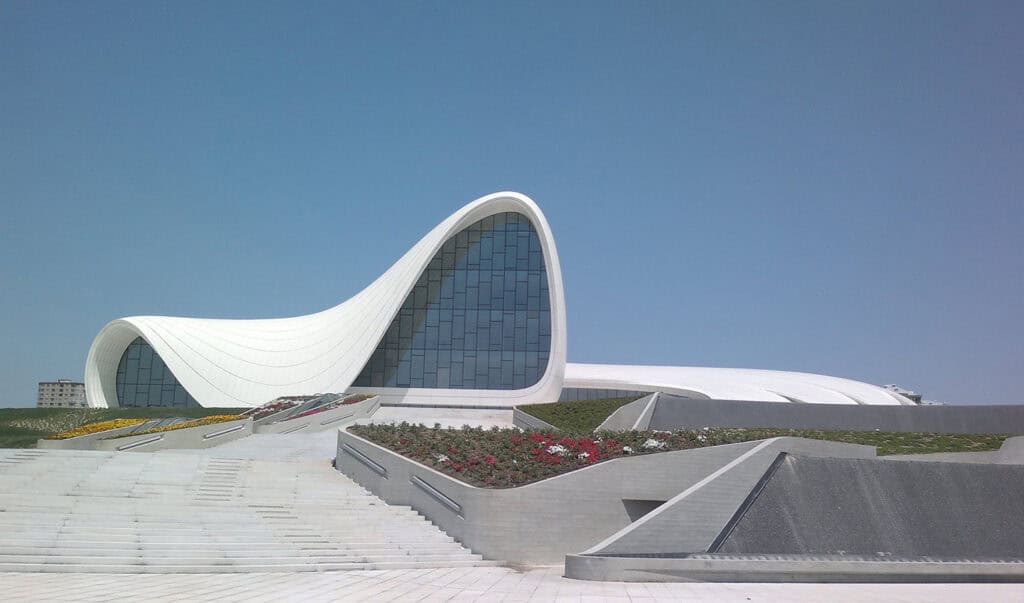
Advancements in new materials and architectural theory have expanded architects’ exploration of linear forms. Digital technologies and generative form-finding now enable complex and innovative designs previously unthinkable. For instance, parametric design tools facilitated the creation of the Heydar Aliyev Center in Azerbaijan, featuring flowing, curved linear forms responsive to its landscape.

Linear forms are crucial in architecture, enhancing structural integrity, fulfilling functional needs, and enriching aesthetic appeal. Embracing new materials and architectural theory allows architects to innovate and expand the possibilities of linear forms in architecture.
2. Rectilinear Forms
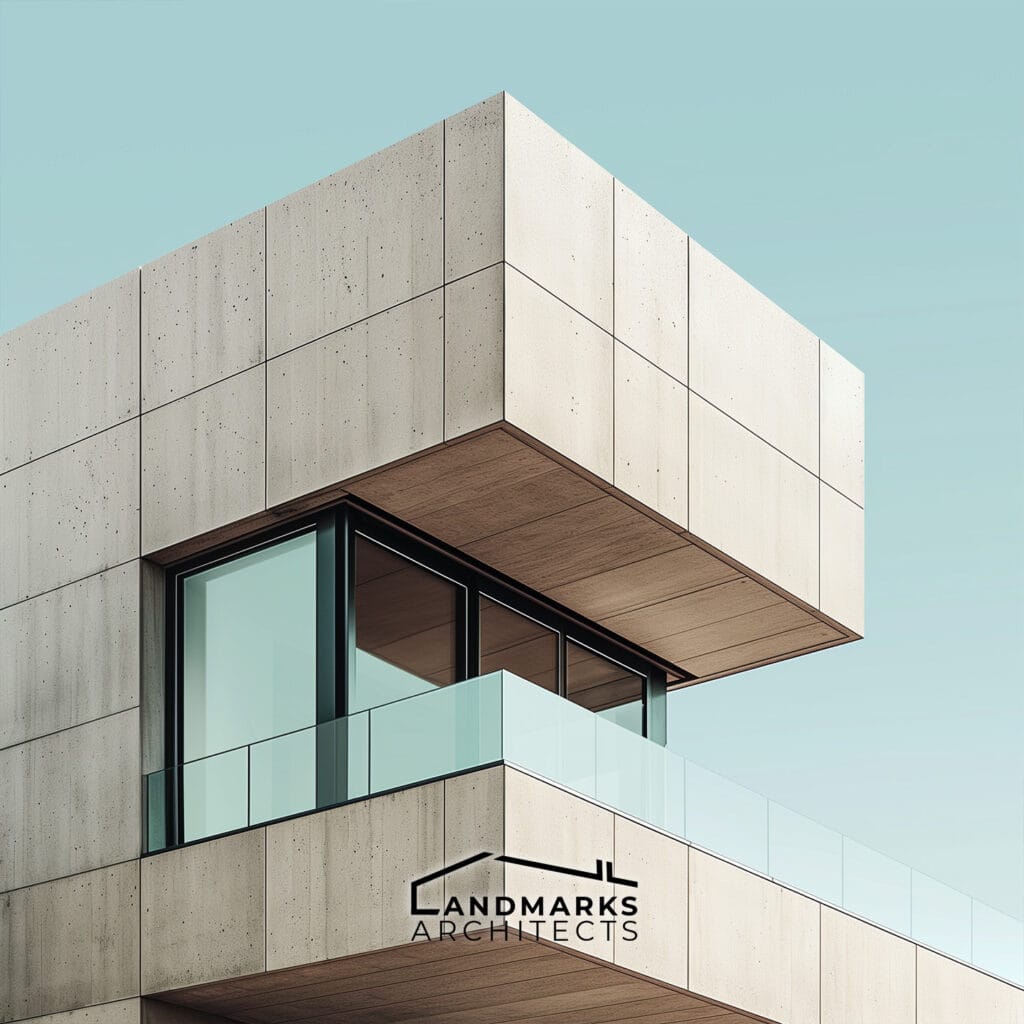
Rectilinear forms are an essential aspect of modern architecture. They consist of primary shapes, geometric precision, and primary solids. Rectilinear forms are regular forms that are composed of straight lines and right angles. They are used to create a building’s external outline and shape.
Primary Shapes and Geometric Precision
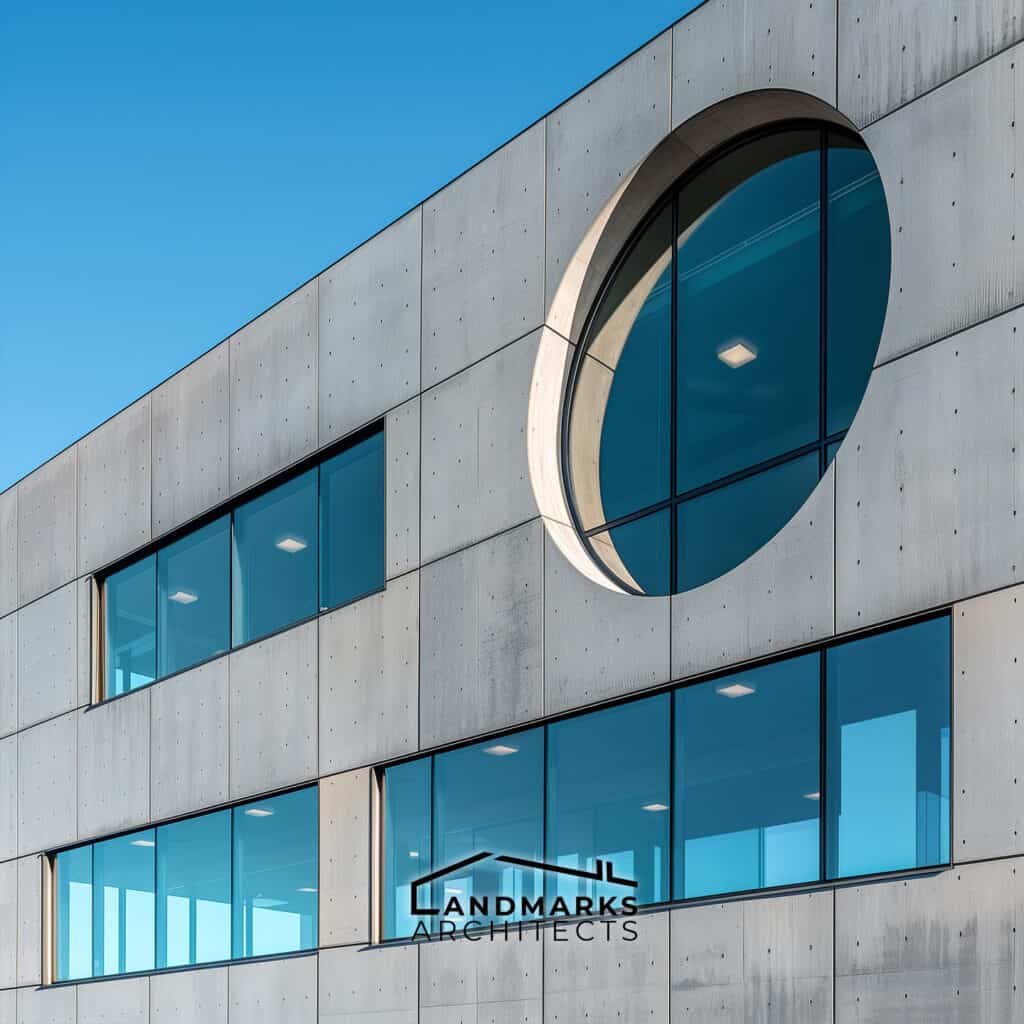
Primary shapes are used to create geometrically precise rectilinear forms. They include squares, rectangles, circles, and triangles. Geometric precision is essential in creating rectilinear forms with great visual features. The structural proportions of a building are determined by the geometric precision of its rectilinear forms.
Building Form and Architectural Surfaces
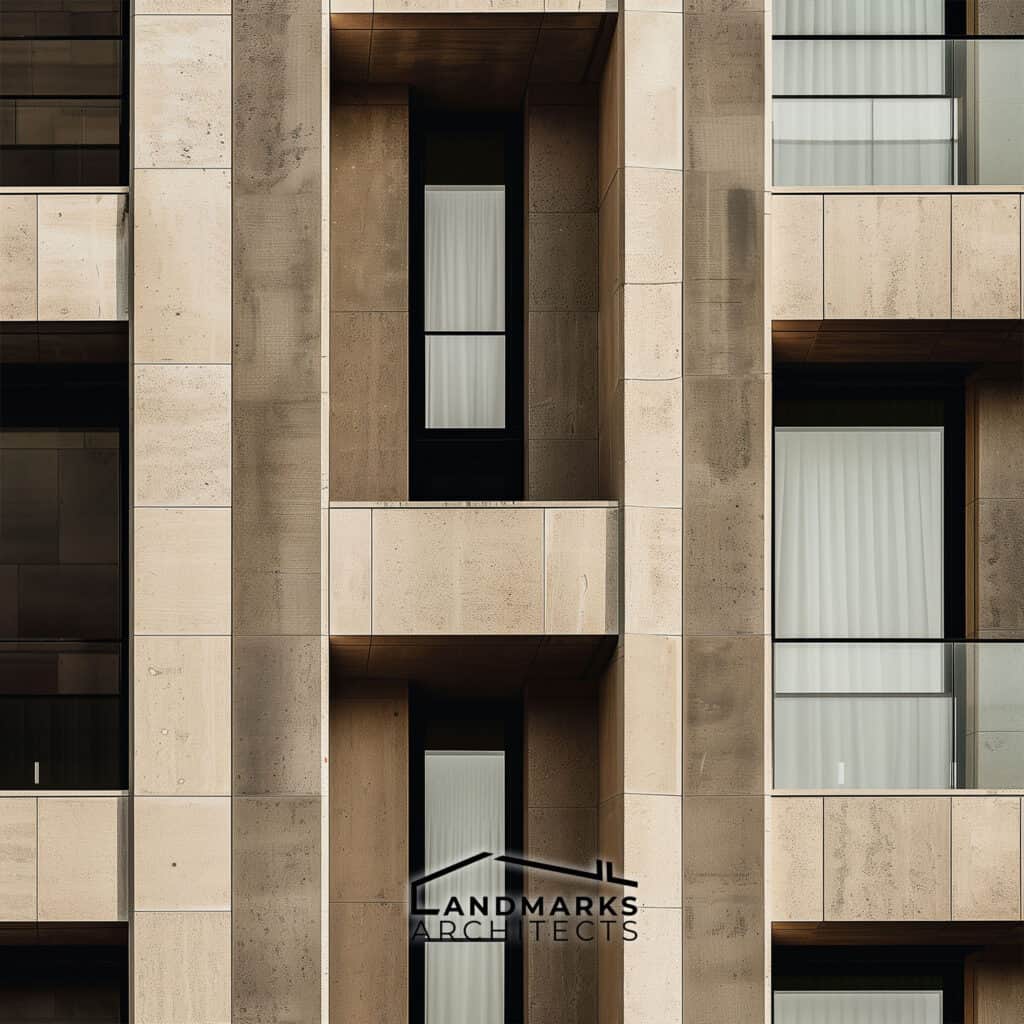
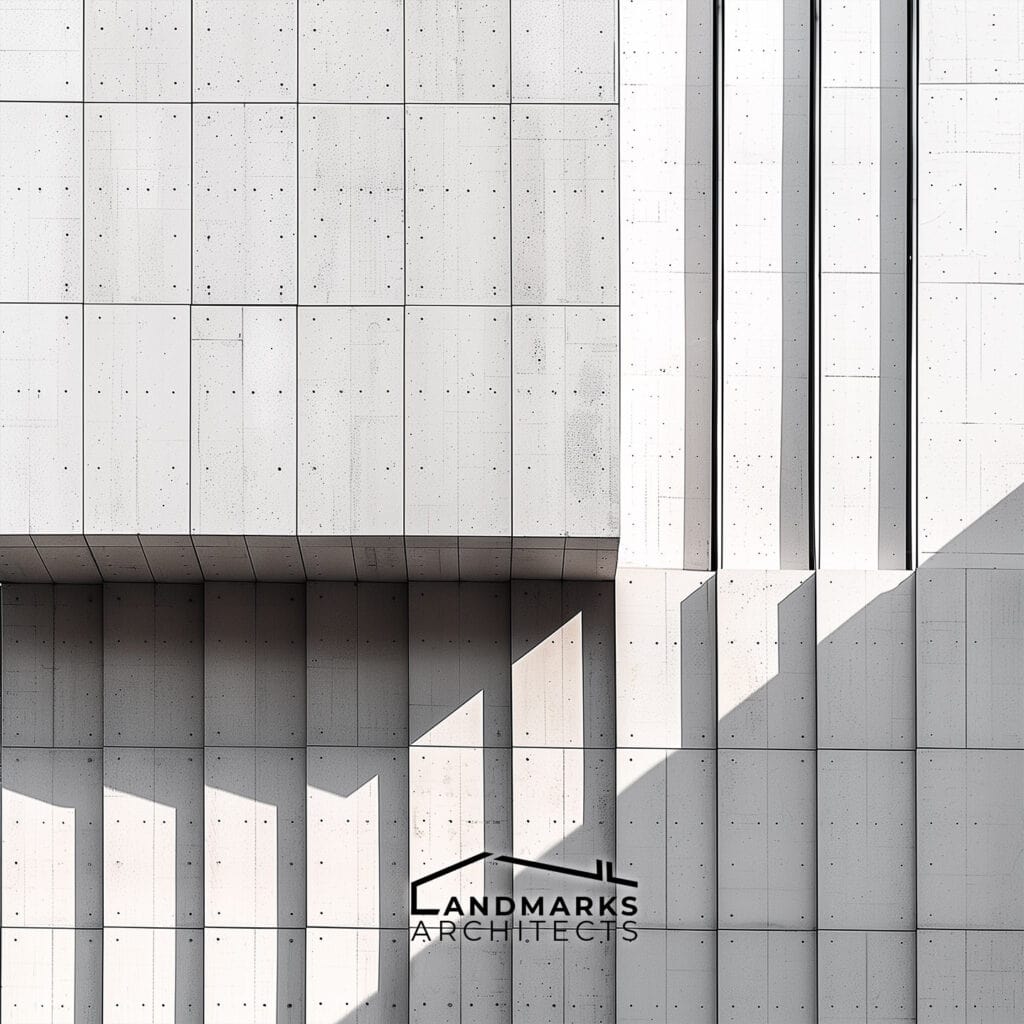
Rectilinear forms are used to create a building’s form and architectural surfaces. The external outline of a building and the architectural surfaces are created by rectilinear forms that are arranged in a visually pleasing manner.
Structural Integrity and Design Process
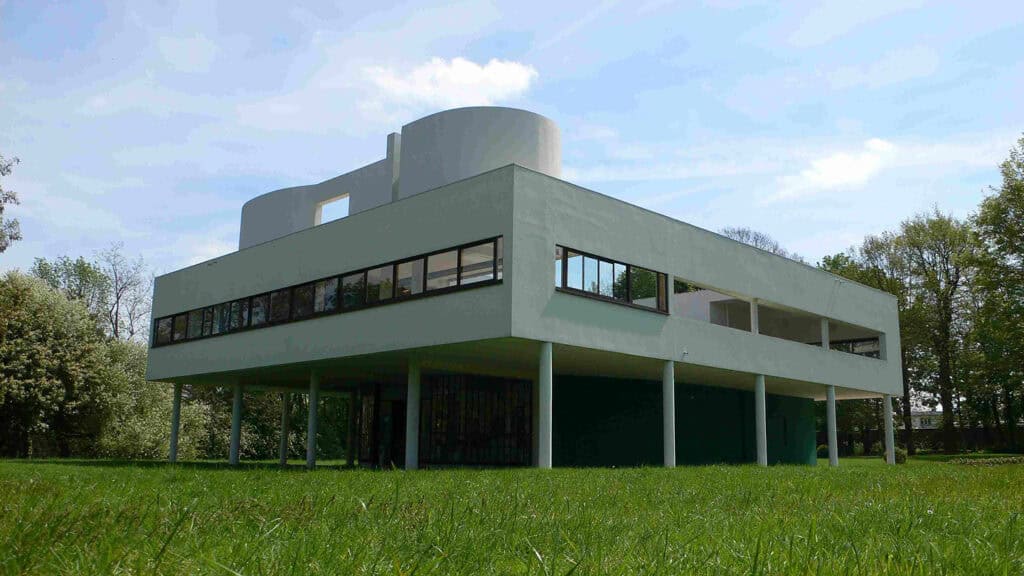
The structural integrity of a building is determined by the use of rectilinear forms. Rectilinear forms are used to create a building’s structural framework. The design process of a building is also influenced by the use of rectilinear forms. The Villa Savoye in Poissy, France is an example of a building that uses rectilinear forms to create a visually pleasing and structurally sound design.
3. Curvilinear Forms

Curvilinear forms in architecture feature smooth, flowing lines and curves, conveying movement and fluidity. Often inspired by nature, they integrate organically with the environment. This section examines the primary elements of curvilinear forms, their integration with the building envelope and structural proportions, and their role in architectural design and innovation.
Primary Elements and Organic Integration
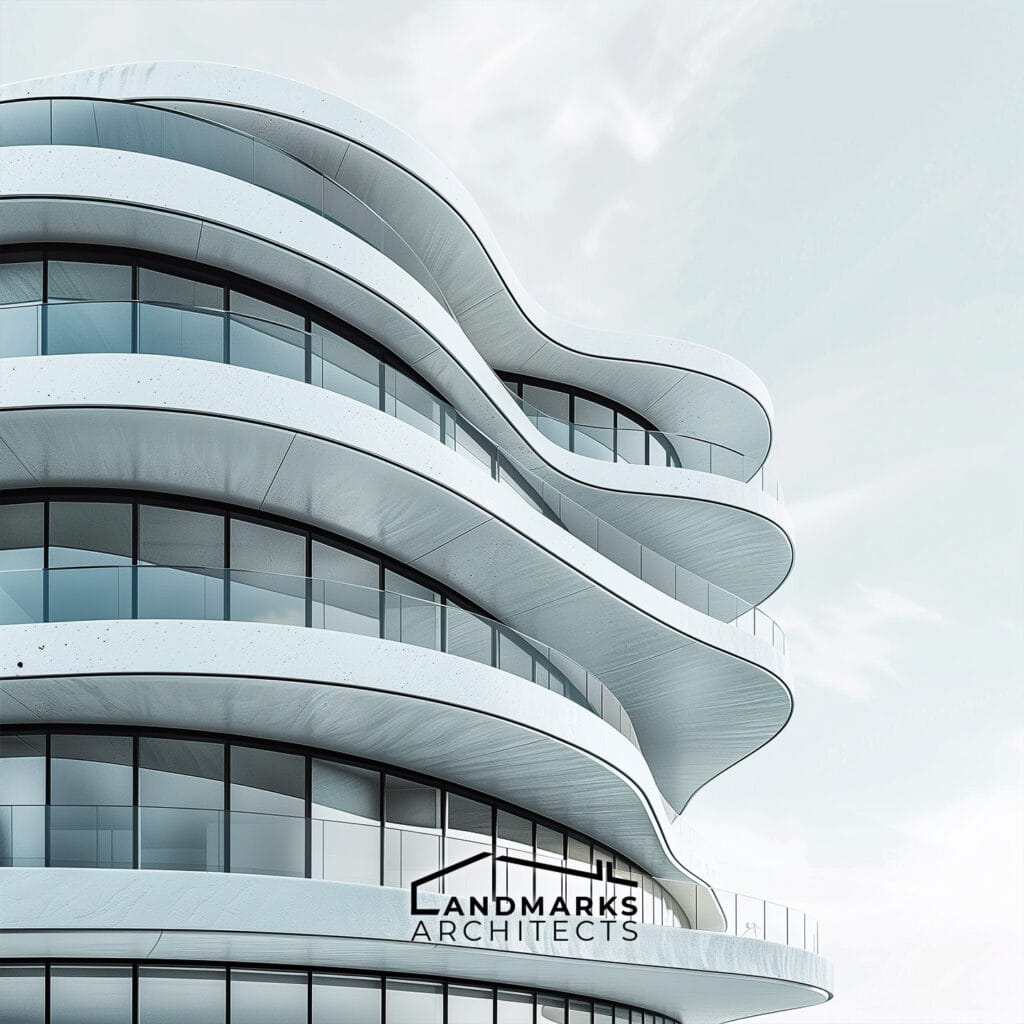
Curvilinear forms in architecture are discovered through form-finding, exploring shapes and configurations to establish a new form. Organic integration with the building envelope and structural proportions is crucial for their effectiveness. Proper execution can imbue curvilinear forms with visual weight, balance, and a dynamic sense of movement.
Building Envelope and Structural Proportions
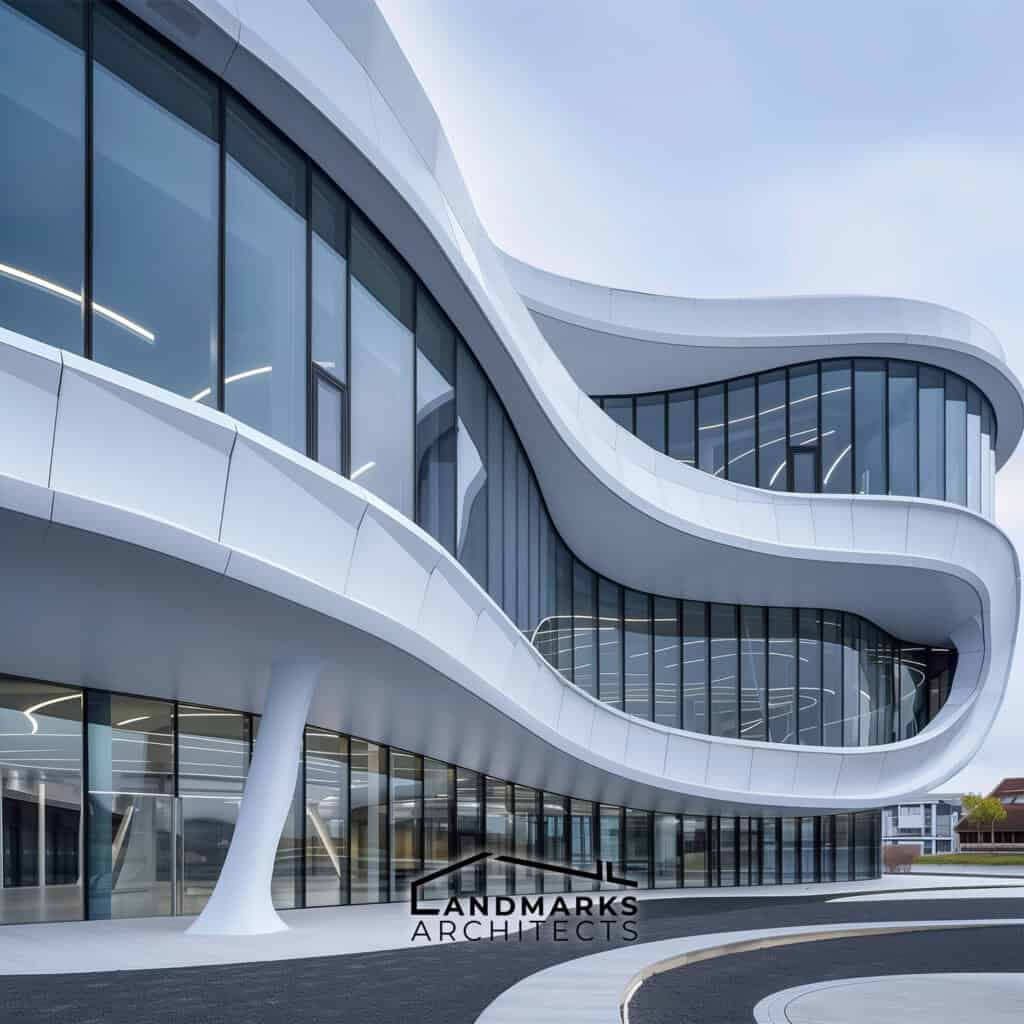
The building envelope and structural proportions of curvilinear forms are essential to their success. The use of curved surfaces and flowing lines can create a sense of movement and fluidity in a building’s design. The structural proportions of a curvilinear form must be carefully considered to ensure that the building is stable and structurally sound.
Architectural Design and Innovation
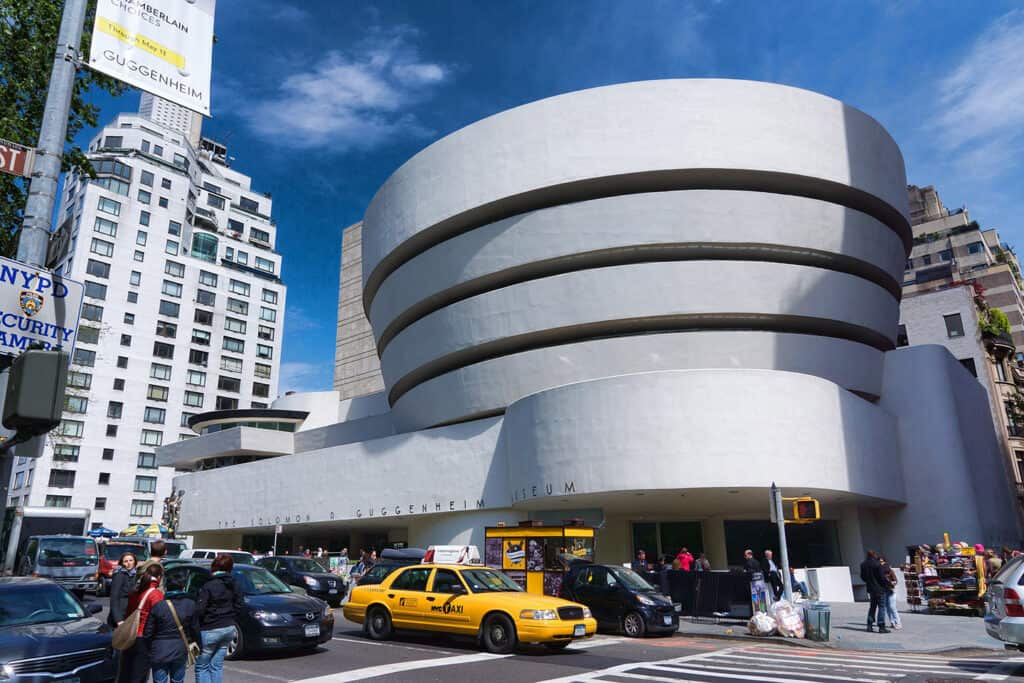
Curvilinear forms have been pivotal in architectural innovation, introducing new design elements that defy conventional architecture. The Guggenheim Museum in New York City exemplifies this with its curvilinear structure, enhancing the building’s sense of movement and fluidity. Such forms continue to inspire fresh approaches in architectural design and innovation.
4. Radial Forms
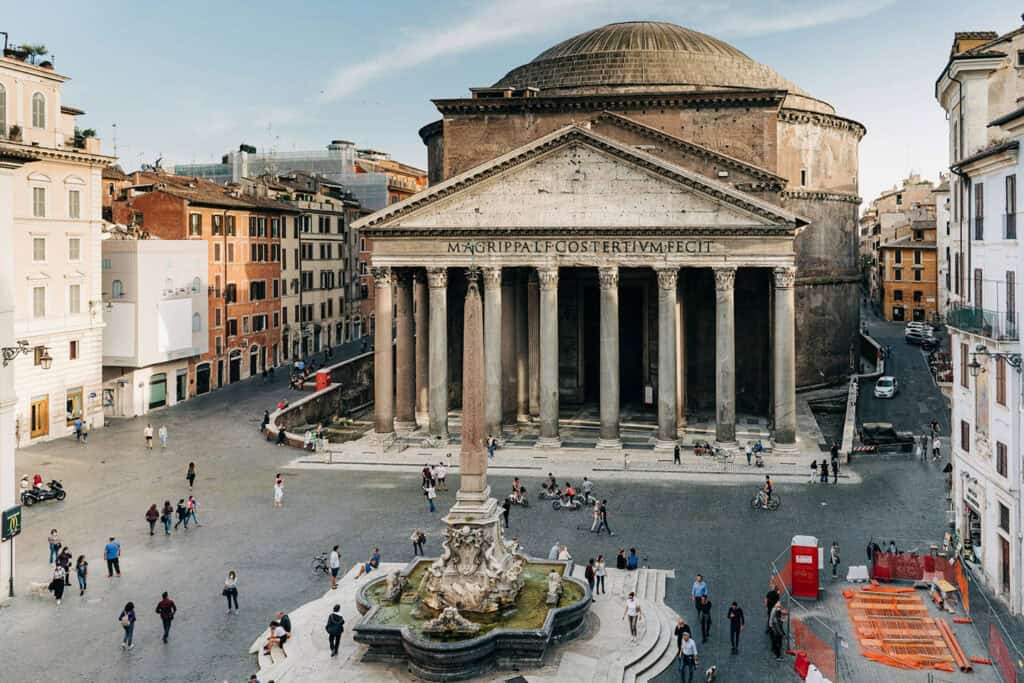
Radial forms in architecture are characterized by linear forms that extend outward from a centrally located core element in a radiating manner. This type of form combines the aspects of centrality and symmetry, making it a popular choice for many architects. Radial forms can be seen in a variety of structures, from the classical architecture of the Pantheon in Rome to modern skyscrapers.
Form and Architectural Symbolism
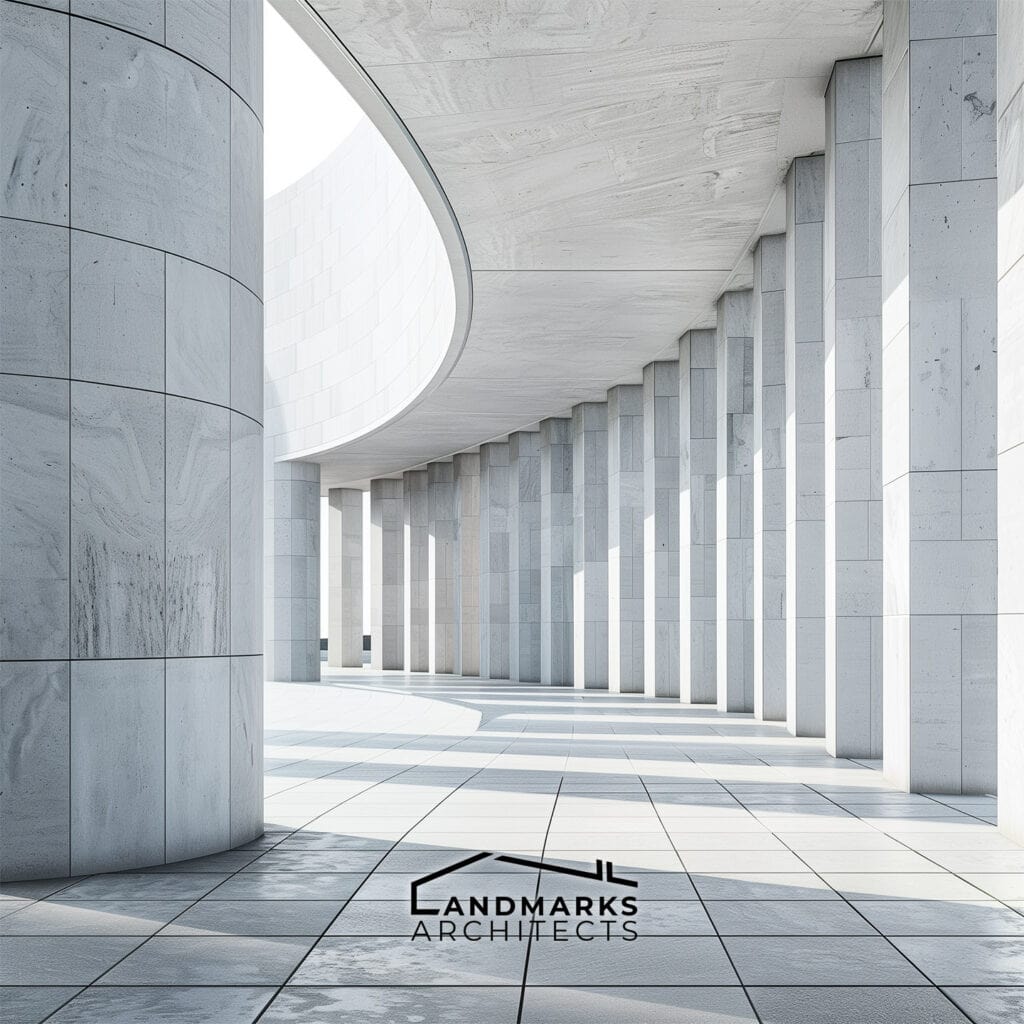
Radial forms can be used to convey a sense of power, stability, and balance. The circular shape of radial forms is often associated with the sun, which has been a symbol of power and divinity in many cultures throughout history. This symbolism can be seen in the classical column, which is often used in radial forms to create a sense of order and balance.
Built Environment and Design Process
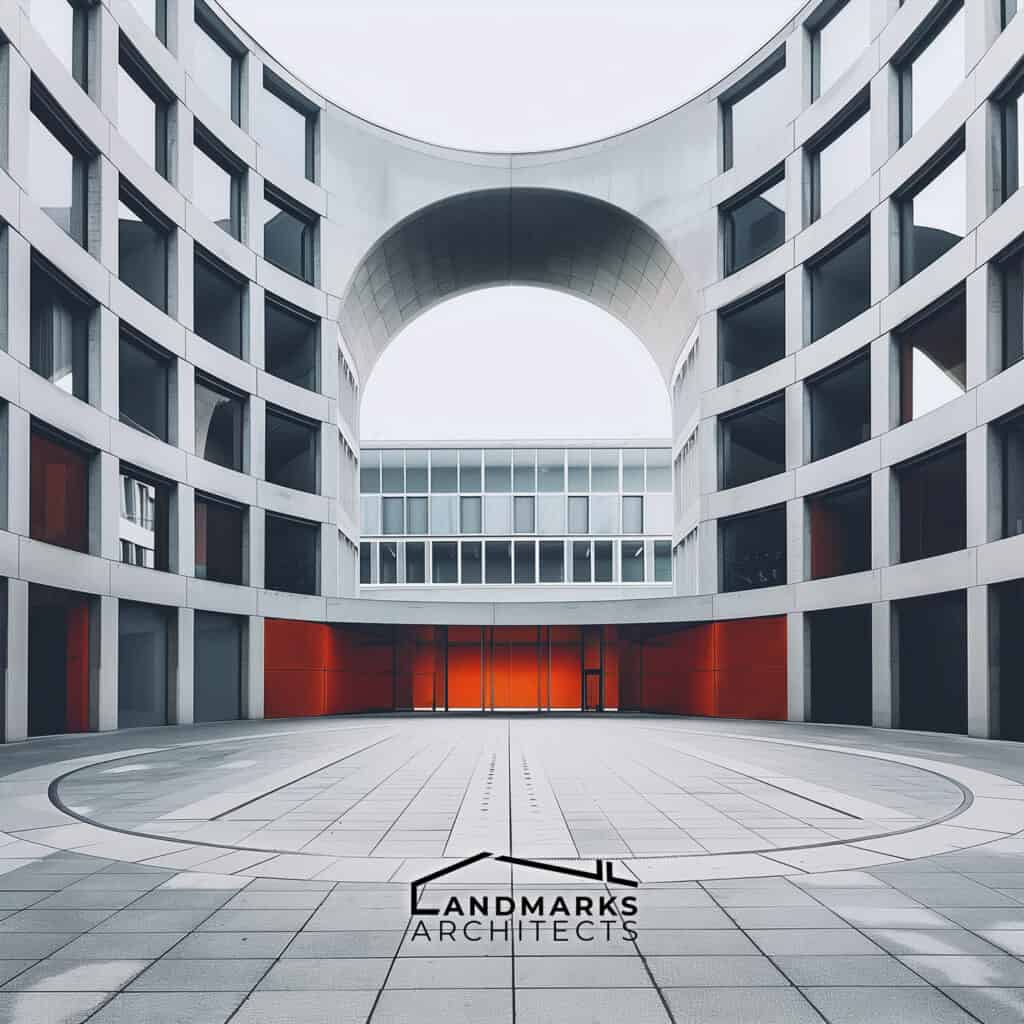
Radial forms can be used to create a sense of order and balance in the built environment. They can be used to organize spaces and create a sense of hierarchy, with the central element serving as a focal point. The design process for radial forms often involves the use of primary shapes, such as circles and squares, to create a desired form.
Architecture Form and Cultural Context
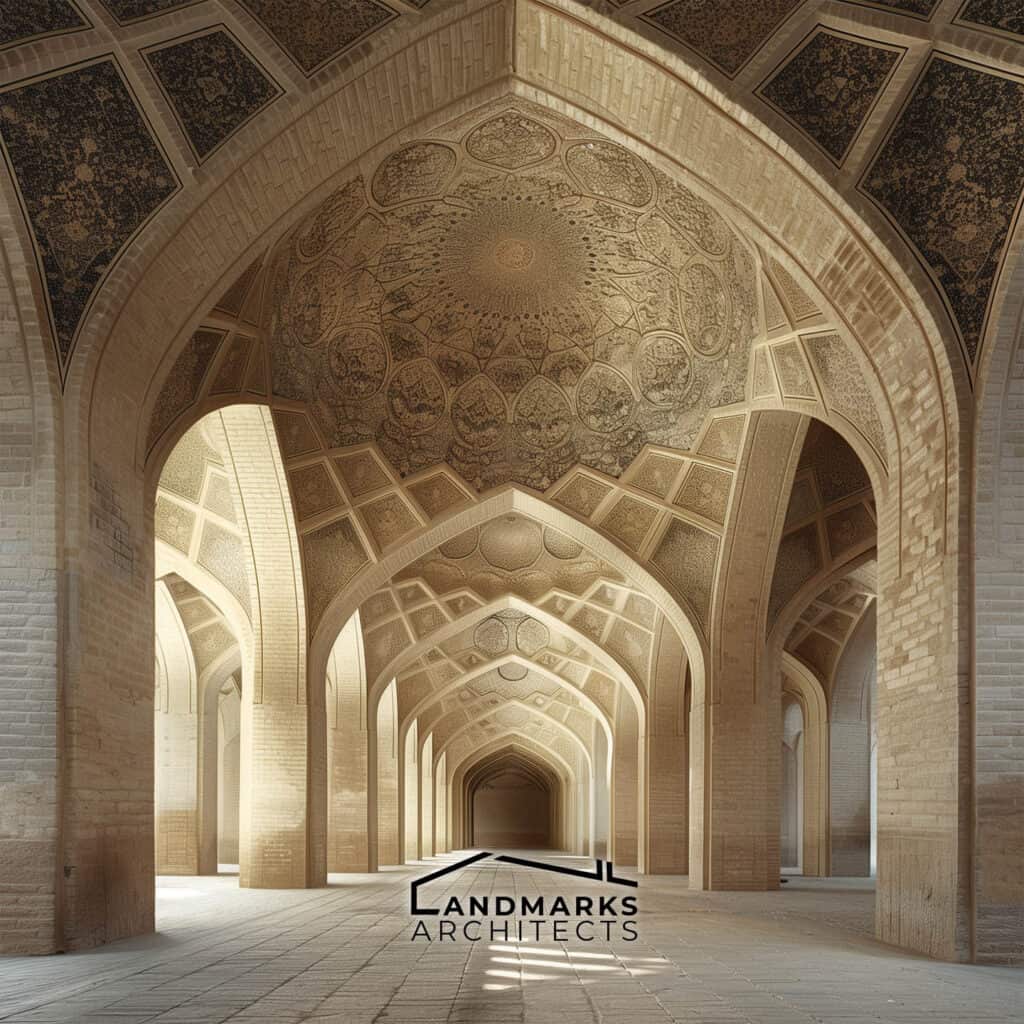
Radial forms can also be used to reflect the cultural context of a particular site. For example, the use of radial forms in Islamic architecture can be seen as a reflection of the religion’s emphasis on unity and symmetry. In addition, the use of radial forms can also reflect the human scale of a particular culture, with the central element serving as a point of reference for the surrounding spaces.
5. Clustered Forms
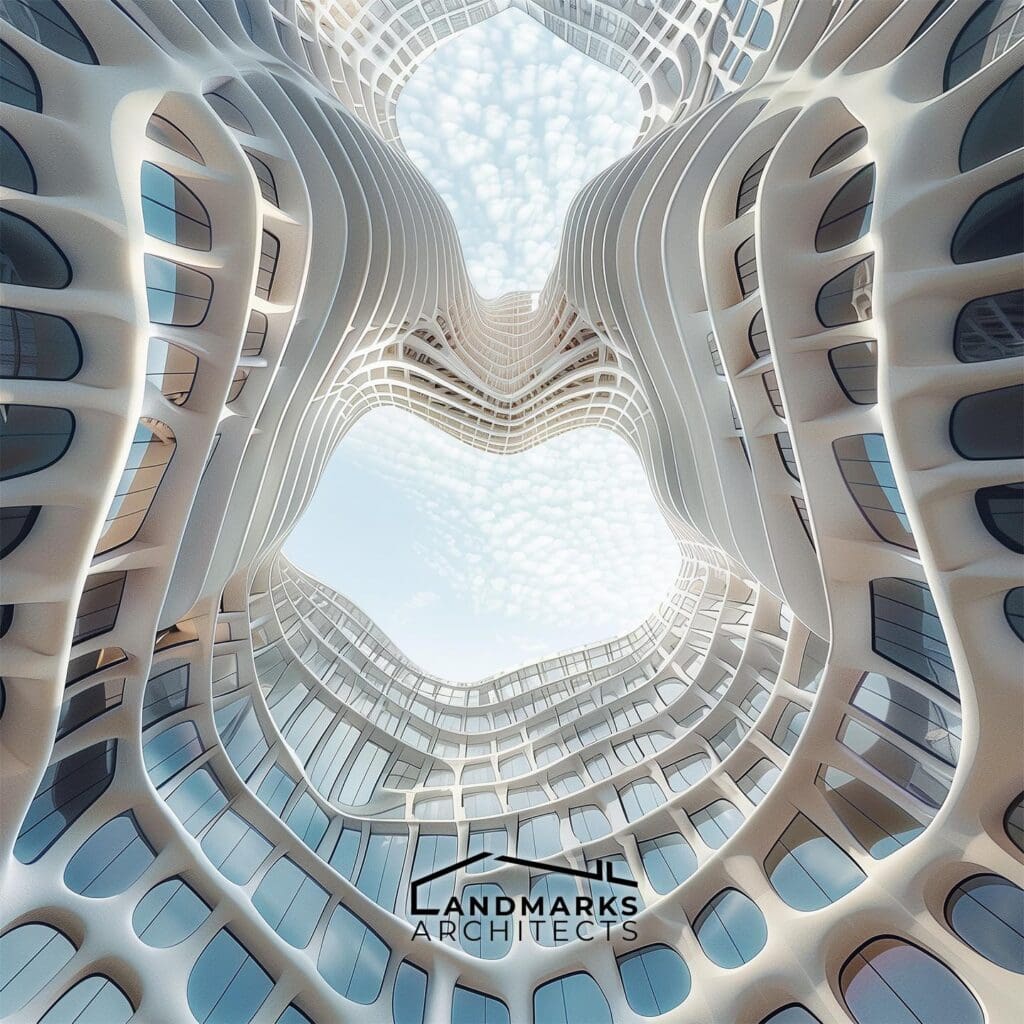
Clustered forms in architecture involve grouping secondary forms around a central dominant form. This arrangement lacks the regularity of centralized organization but often includes a focal point or central form for hierarchy. Linear elements can organize the clustered forms within this arrangement.
Form in Architecture and Modular Arrangements
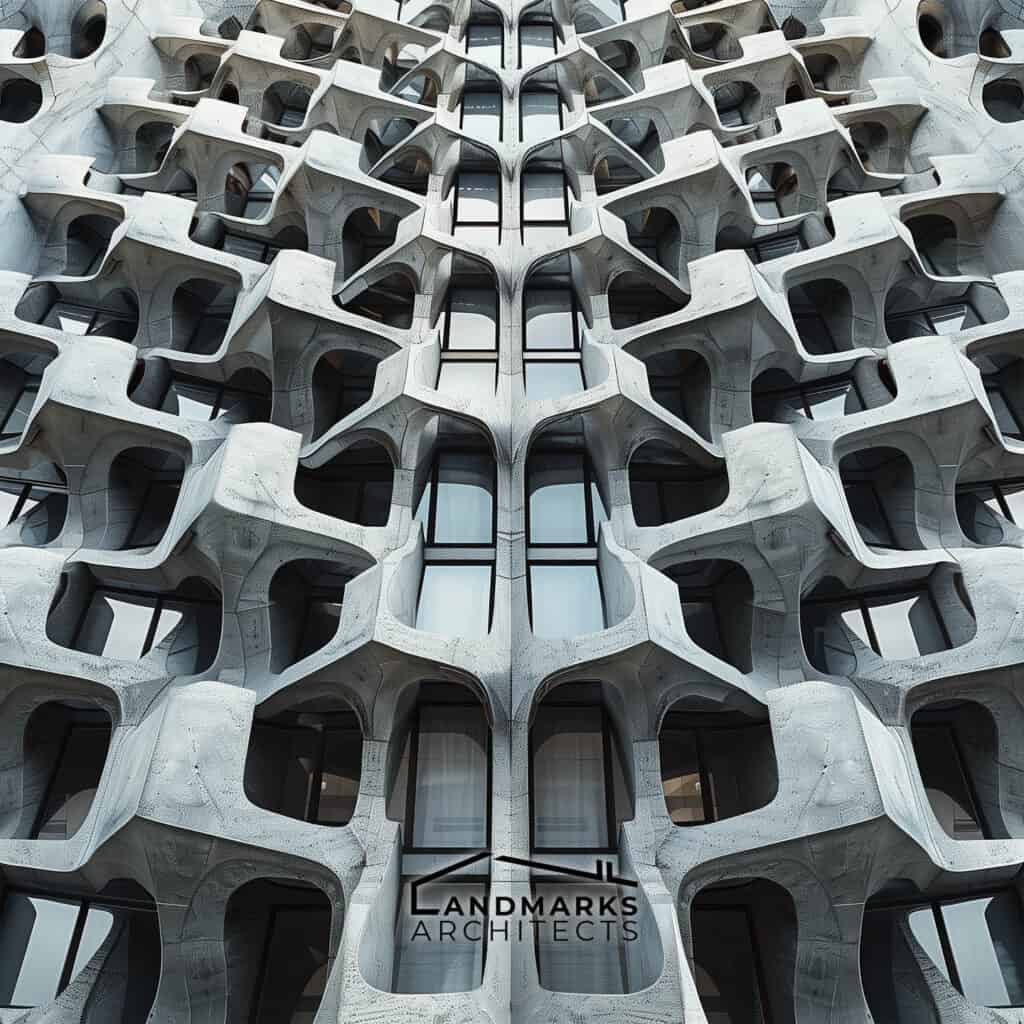
Modular arrangements are an essential aspect of architecture, and they are often used in the design of clustered forms. Modular arrangements are based on the repetition of a module or a set of modules. The use of modular arrangements can help create a sense of order and structure in the design of clustered forms.
Architectural Form and Structural Properties
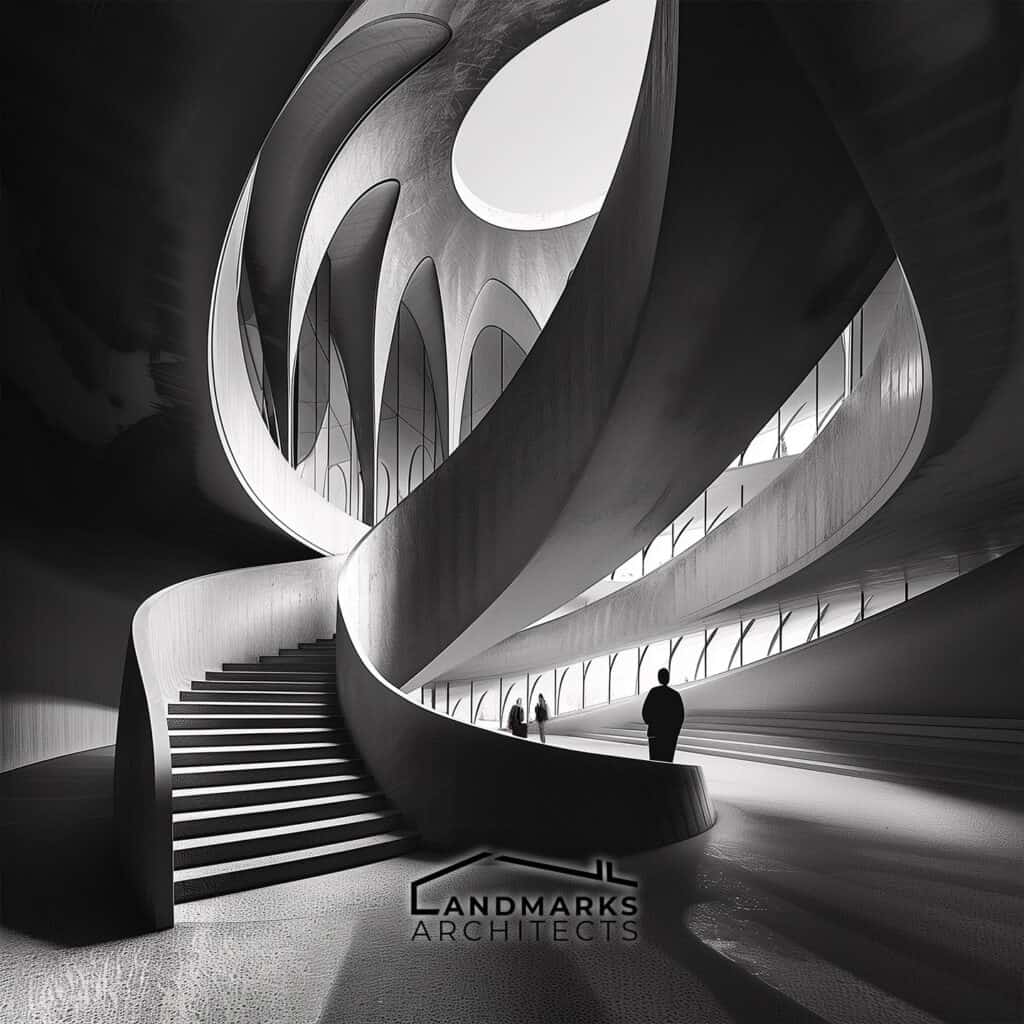
The structural properties of a building are an essential consideration in the design of clustered forms. The internal structure of a building must be able to support the weight of the clustered forms and provide stability. The use of composite forms and additive forms can help create a new composite form that is structurally sound.
Architectural Theory and Design Process
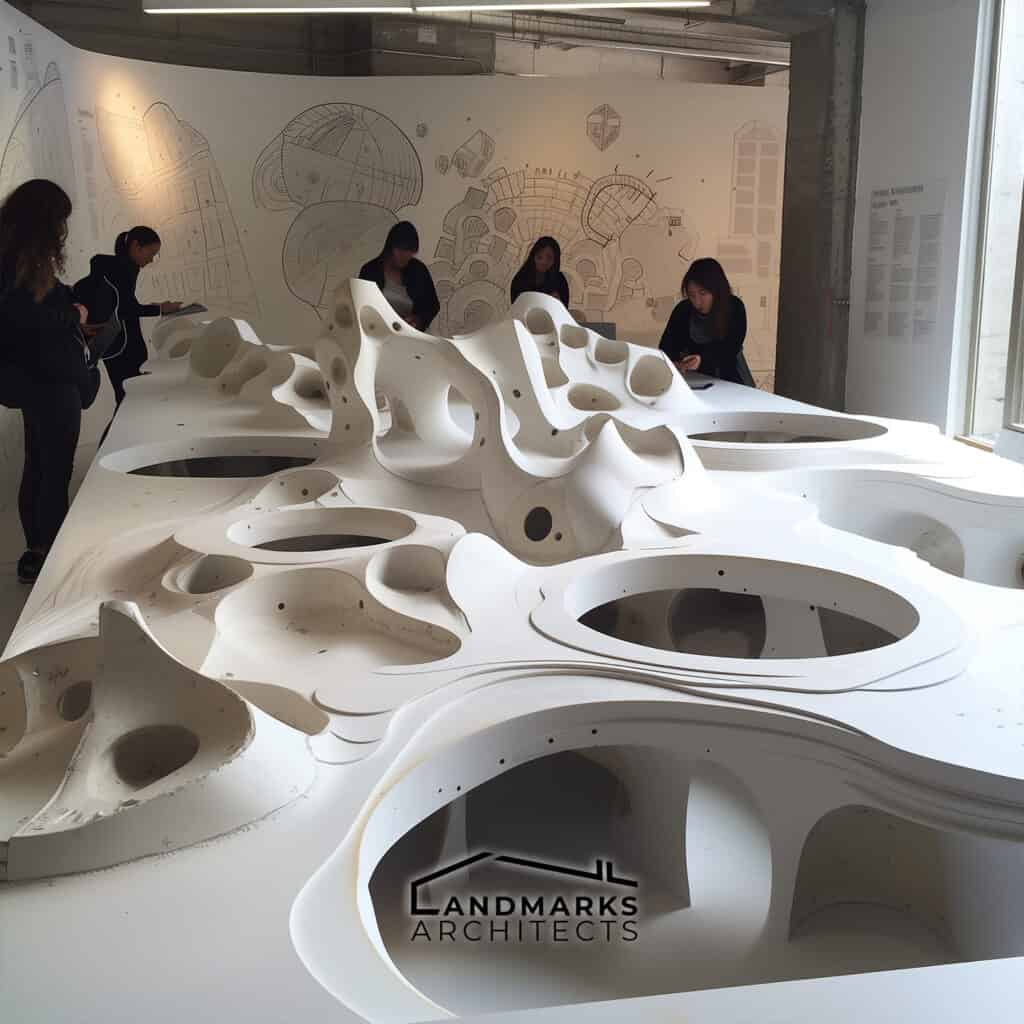
Designing clustered forms in architecture involves applying architectural theories and principles. Architecture students study theories guiding form, space, and structure. The process includes analyzing how forms interact with surrounding space.
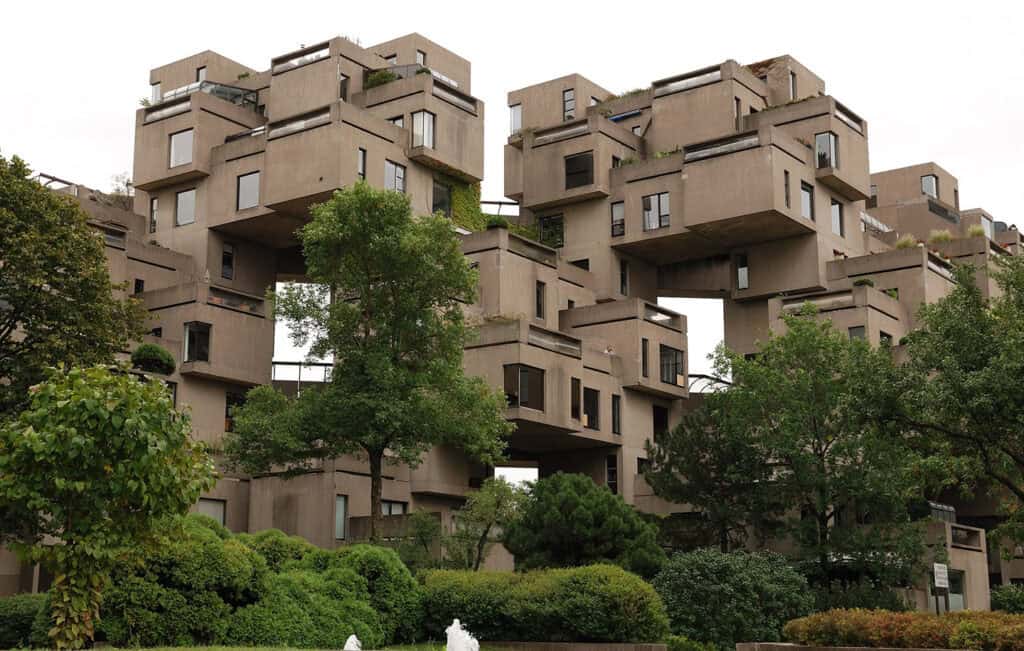
A notable instance of clustered forms in architecture is Habitat 67 in Montreal. This housing complex comprises 354 identical prefabricated concrete forms arranged in a clustered formation. The arrangement achieves both structural order and individual uniqueness in each unit.
6. Grid Forms
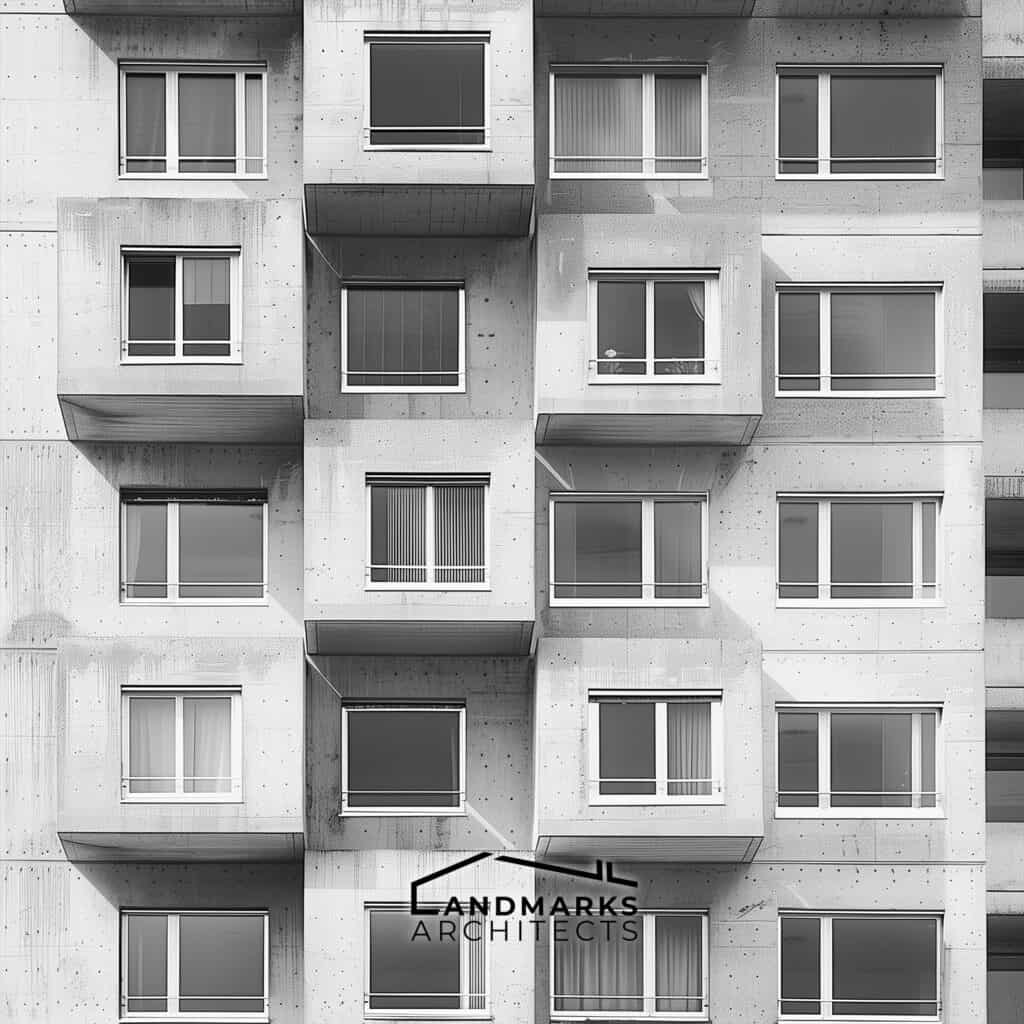
Grid forms are a type of architectural form that is primarily concerned with systematic arrangement and proportioning systems. The grid is a fundamental tool in architecture and urban planning, used to organize and structure the built environment. It is a design element that can be found in many different types of architecture, from classical to modern.
Form in Architecture and Systematic Arrangement
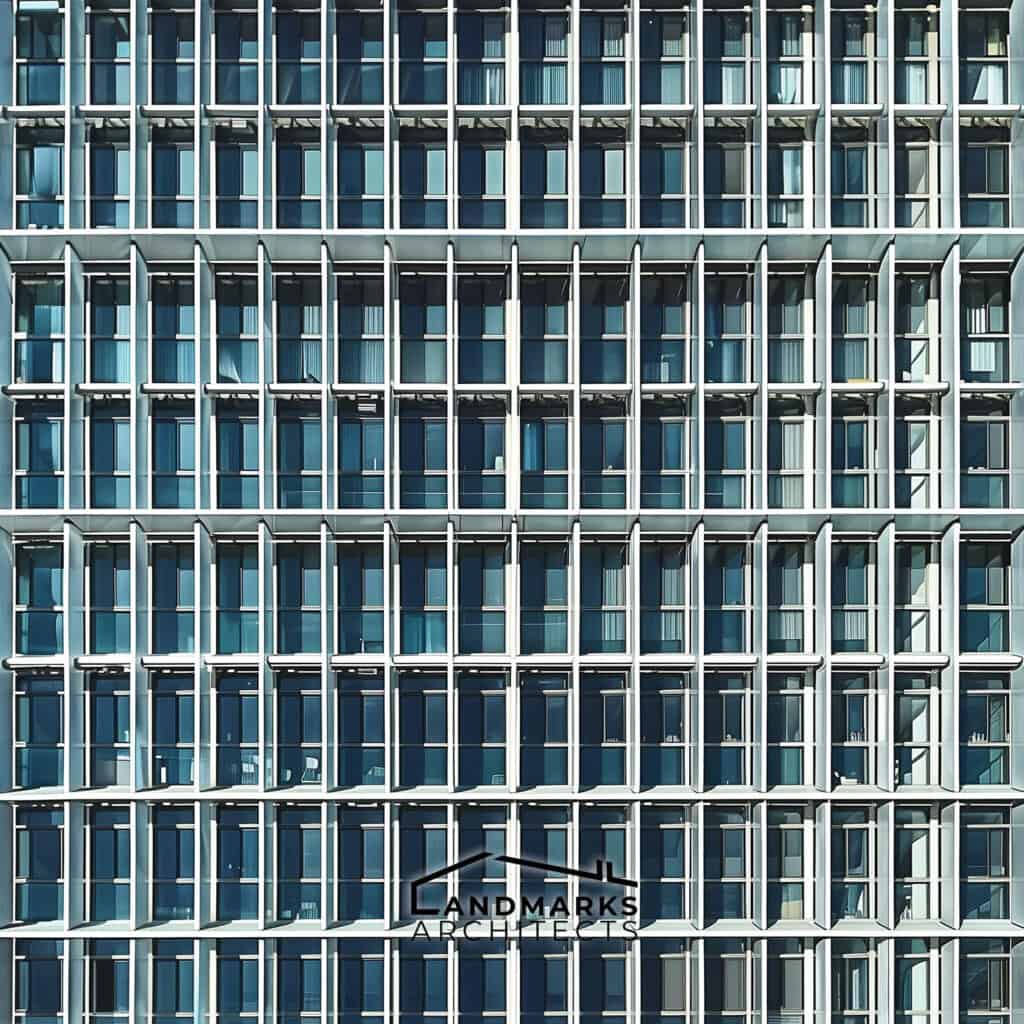
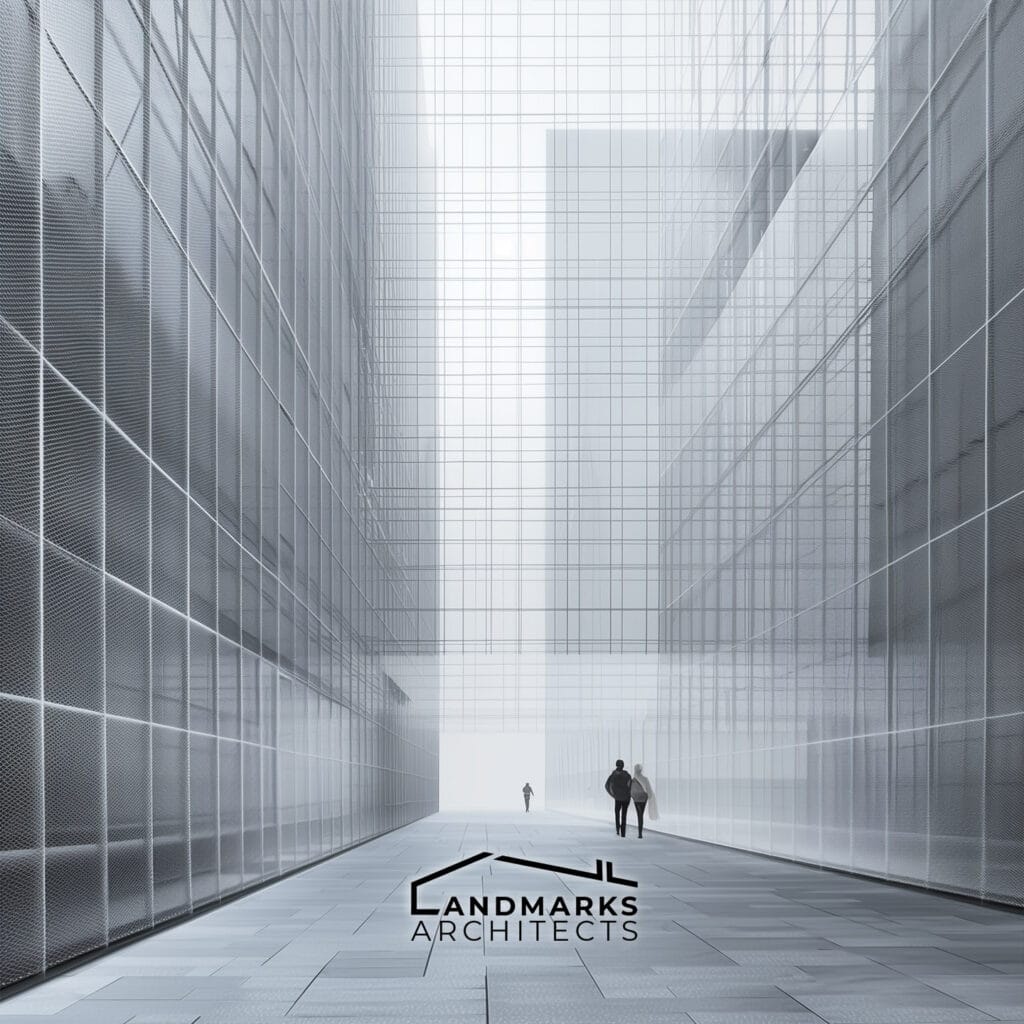
The use of a grid in architecture allows for a systematic arrangement of elements that can be easily replicated and scaled. Grids can be used to organize spaces, create patterns, and provide a framework for design. The use of a grid in architecture also helps to establish a human scale, which is important for creating a sense of place and connection to the built environment.
Architecture Form and Design Elements
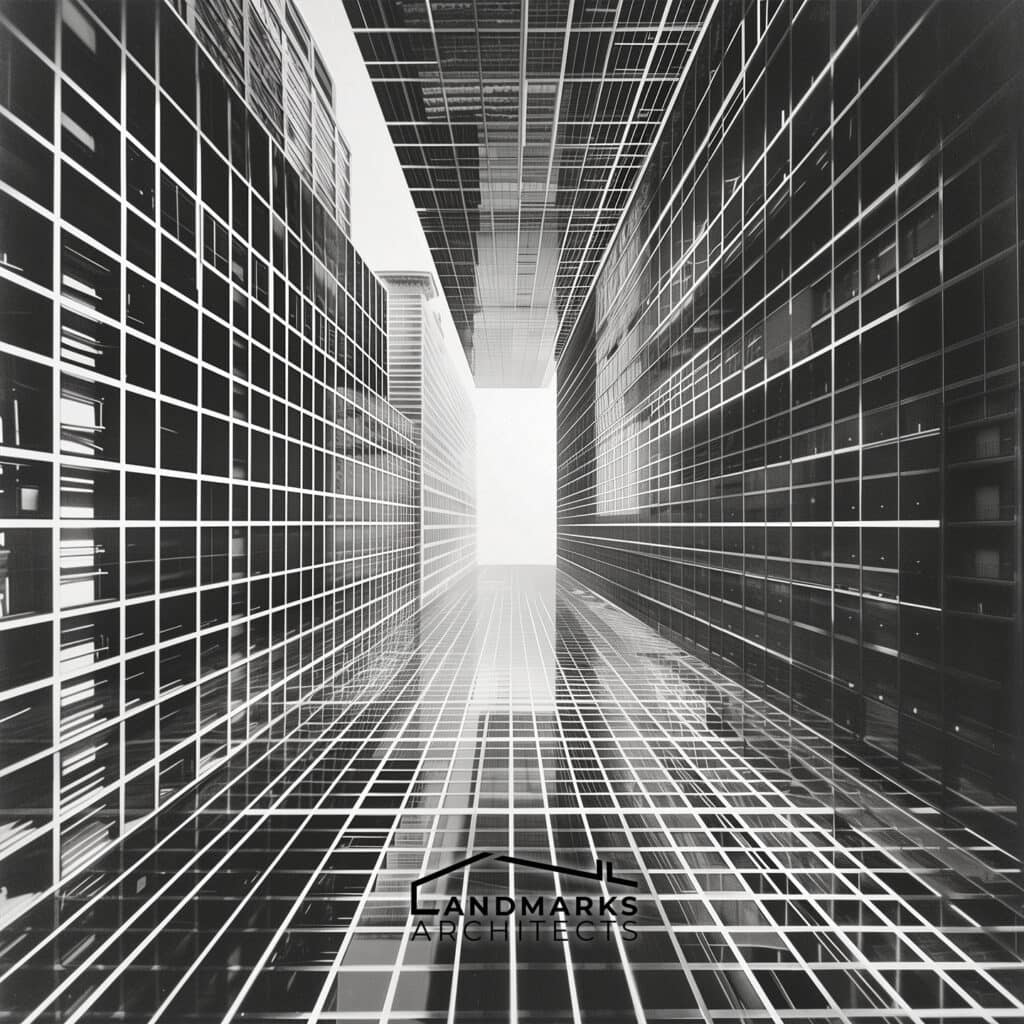
Grids are a design element that can be used to create a wide range of architectural forms. They can be used to create regular, symmetrical forms or irregular, asymmetrical forms. The use of a grid can also help to establish a rhythm and pattern in the design of a building.
Architectural Theory and Urban Planning
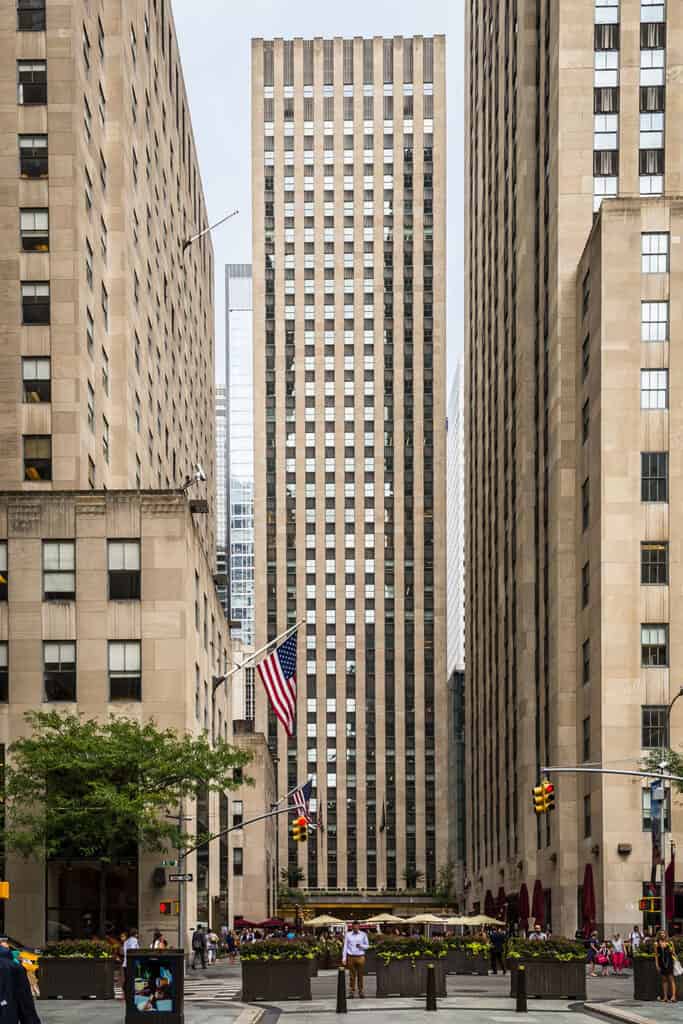
Grid forms have been used in architectural theory for centuries, with some of the earliest examples dating back to ancient Greece. In modern times, grid forms have been used in a wide range of contexts, from the design of individual buildings to the planning of entire cities. One famous example of a grid form in urban planning is the Rockefeller Center in New York City, which uses a grid of streets and buildings to create a sense of order and harmony in the bustling cityscape.
7. Modular Forms
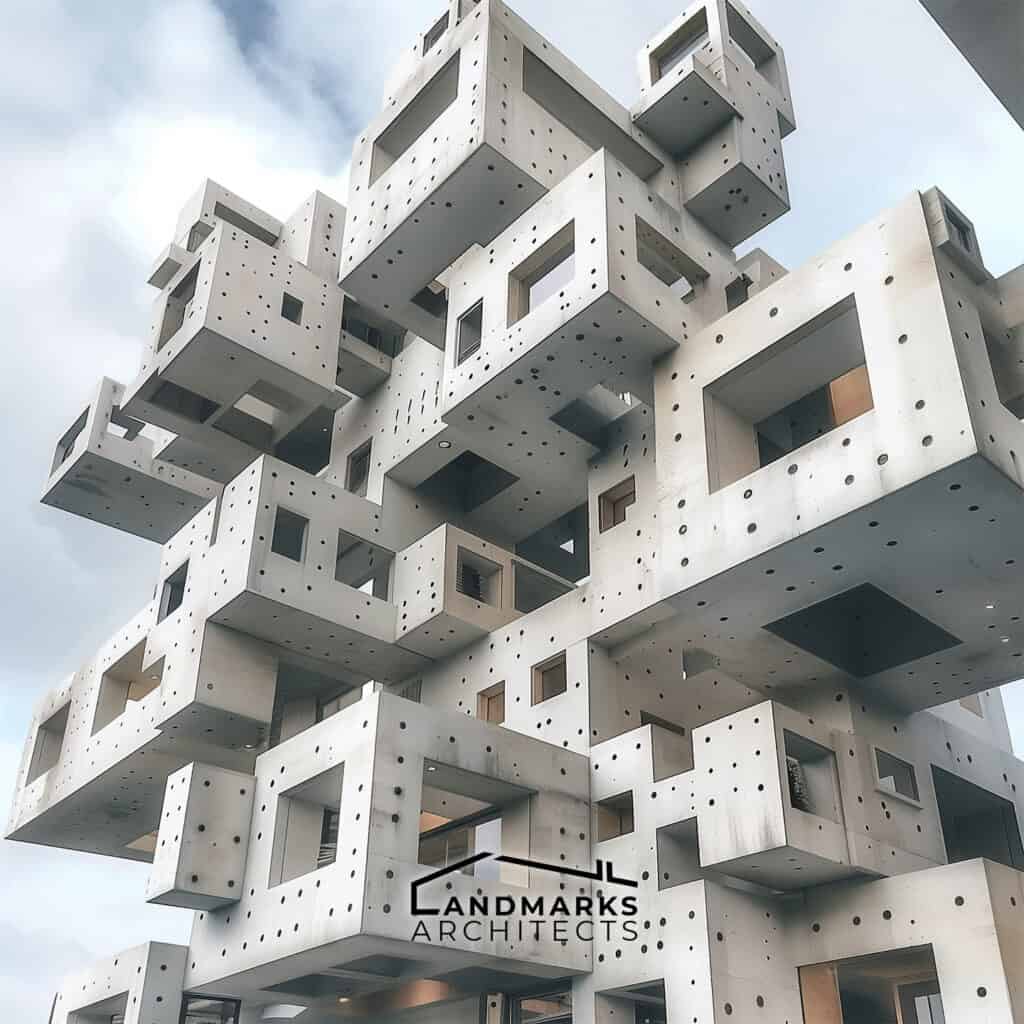
Form in Architecture and Modular Design
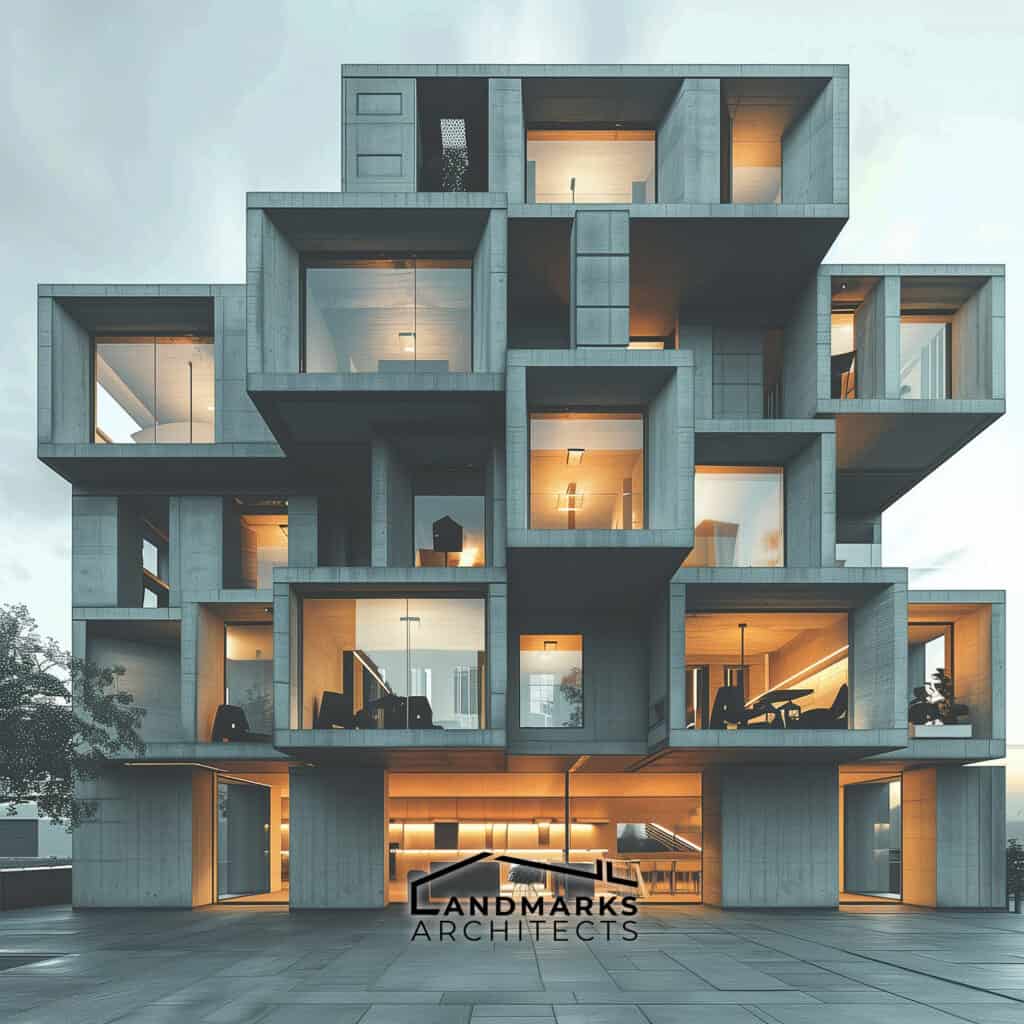
Modular design is a technique that involves creating buildings using repeated units or modules. This approach to design allows for a level of flexibility and adaptability that is not possible with traditional building methods. Modular forms can be created by using additive forms, where one element is added to another to create a more complex system.
Architectural Form and Building Surfaces
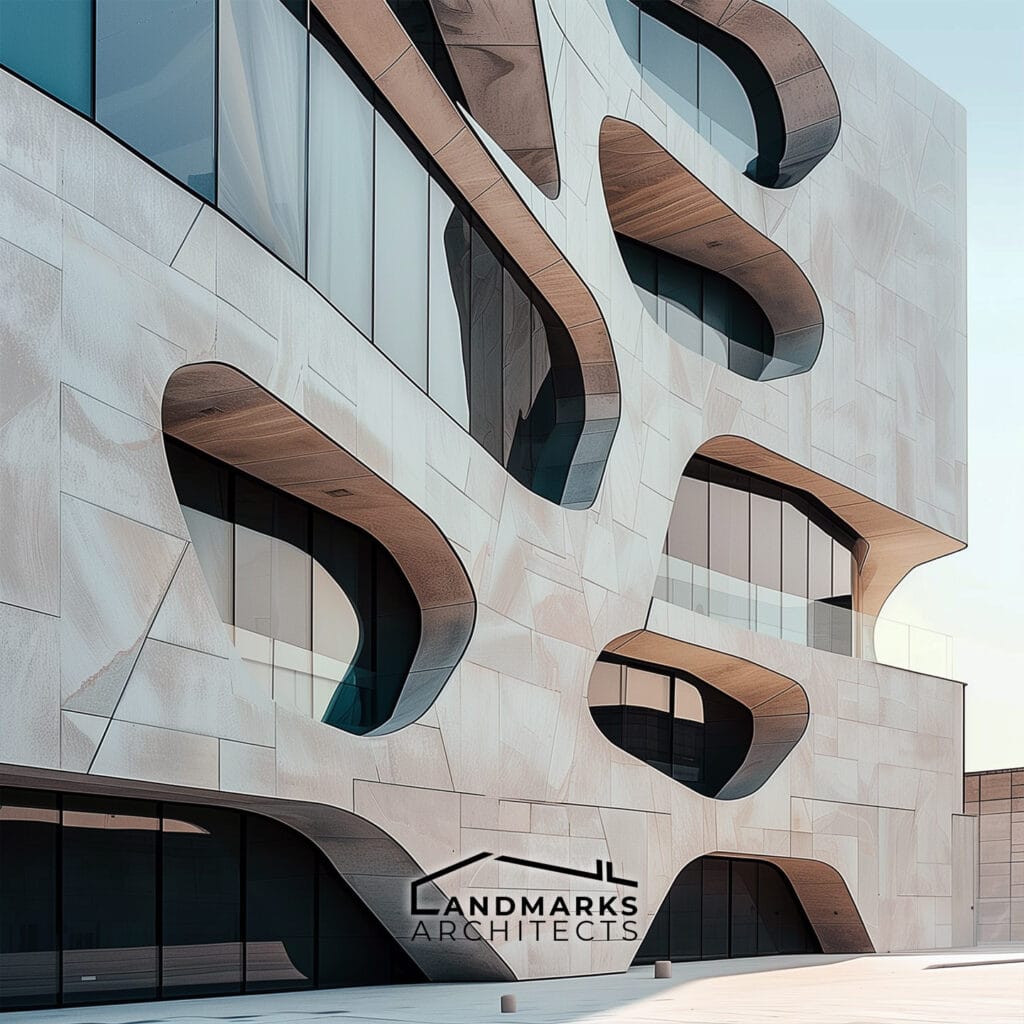
Architectural form is the shape and structure of a building. Building surfaces are an important aspect of architectural form, as they define the exterior appearance of the building. Modular forms can be used to create a variety of building surfaces, from flat planes to curved shapes.
Architectural Theory and Design Process
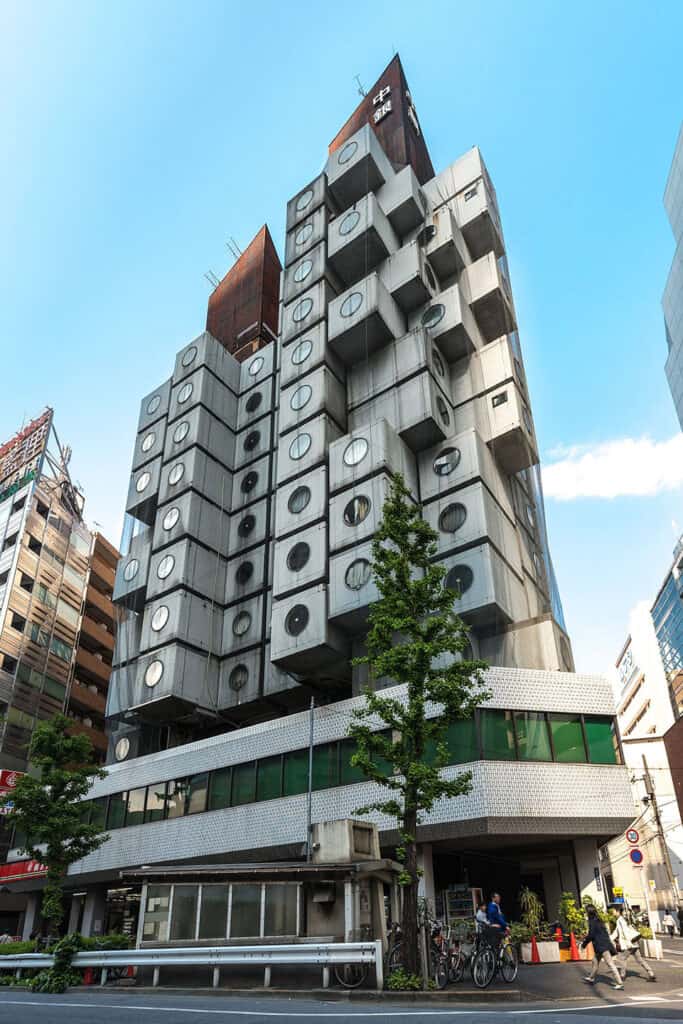
Architectural theory and design process play a critical role in the creation of modular forms. Form finding is an essential part of the design process, where architects explore different possibilities for the form of a building. Modular forms can be used to create a wide range of building designs, from simple structures with one element to more complex systems like the Nakagin Capsule Tower in Tokyo.

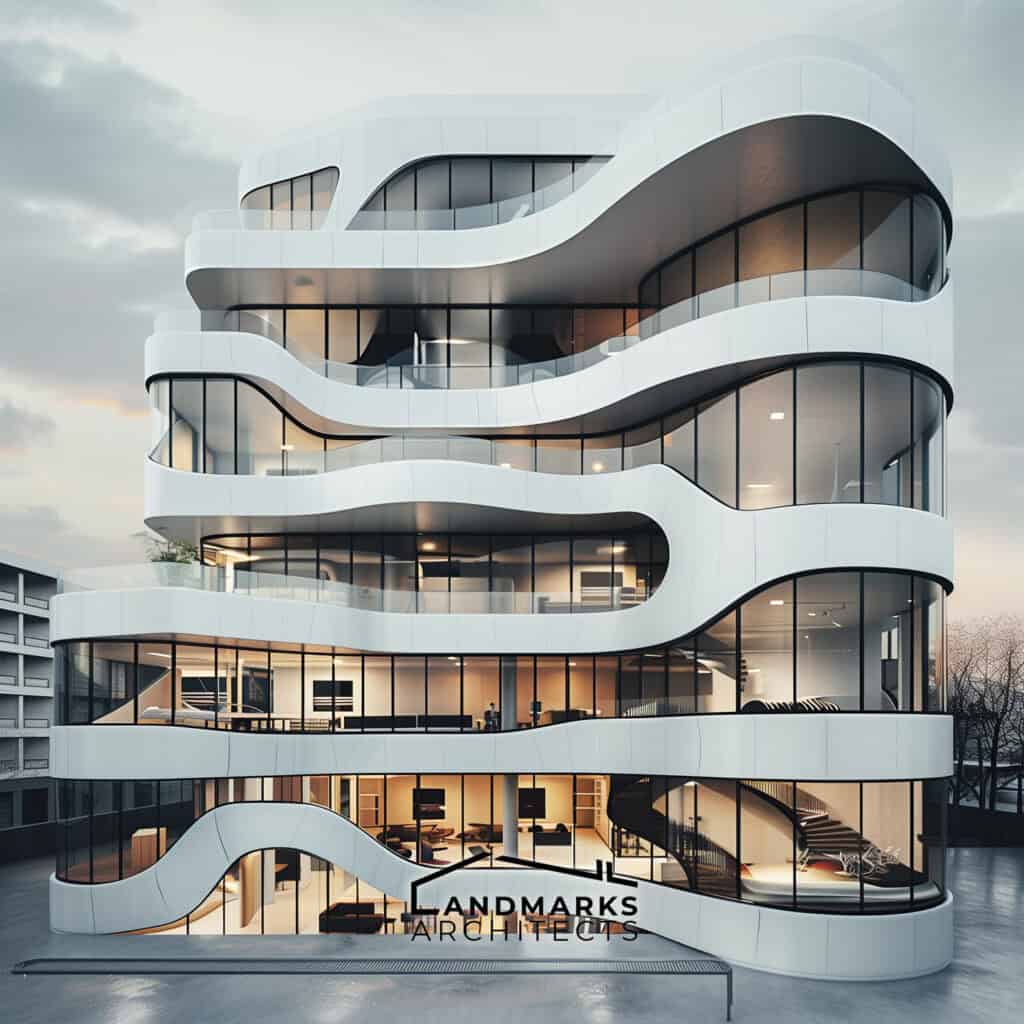
Modular forms are an essential part of modern architecture, allowing architects to create flexible, efficient, and visually striking buildings. By using modular design principles, architects can create a wide range of building designs, from simple structures to more complex systems.
8. Organic Forms
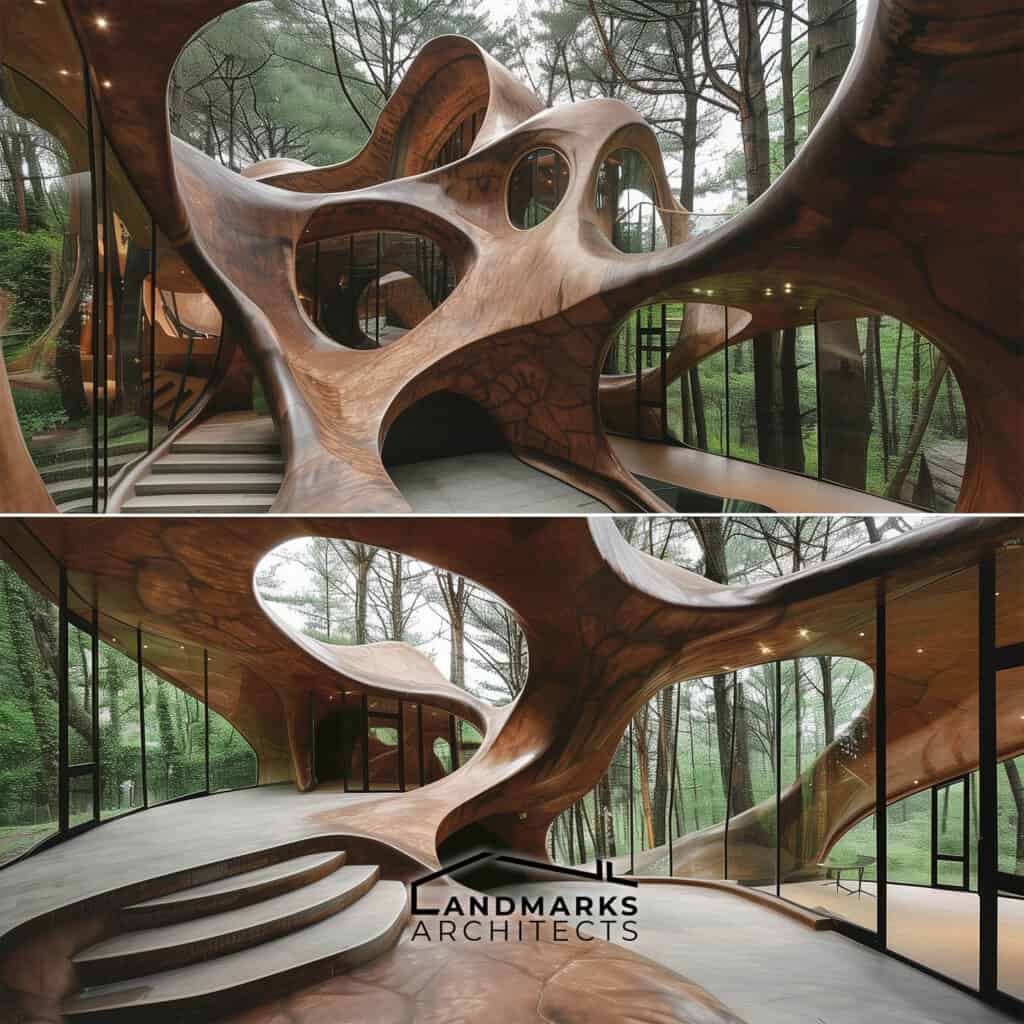
Organic forms in architecture derive inspiration from natural shapes and structures, facilitating integration with surroundings and fostering harmony between built and natural environments. This section examines three core aspects: integration with nature, structural integrity, and human scale in architectural theory.
Form in Architecture and Natural Integration
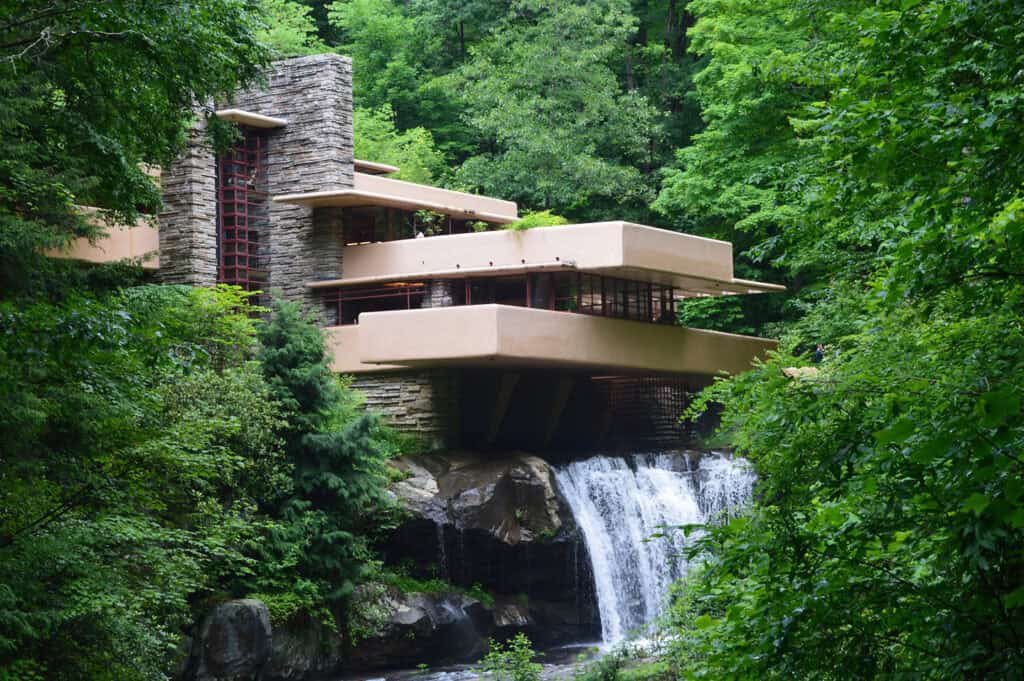
Organic forms are integral to creating a connection between a building and its surroundings. A building that incorporates organic forms can appear as if it has grown out of the landscape. This approach can be seen in Frank Lloyd Wright’s Fallingwater, Pennsylvania, where the building’s form mimics the surrounding rock formations and waterfalls.
Architectural Form and Structural Integrity
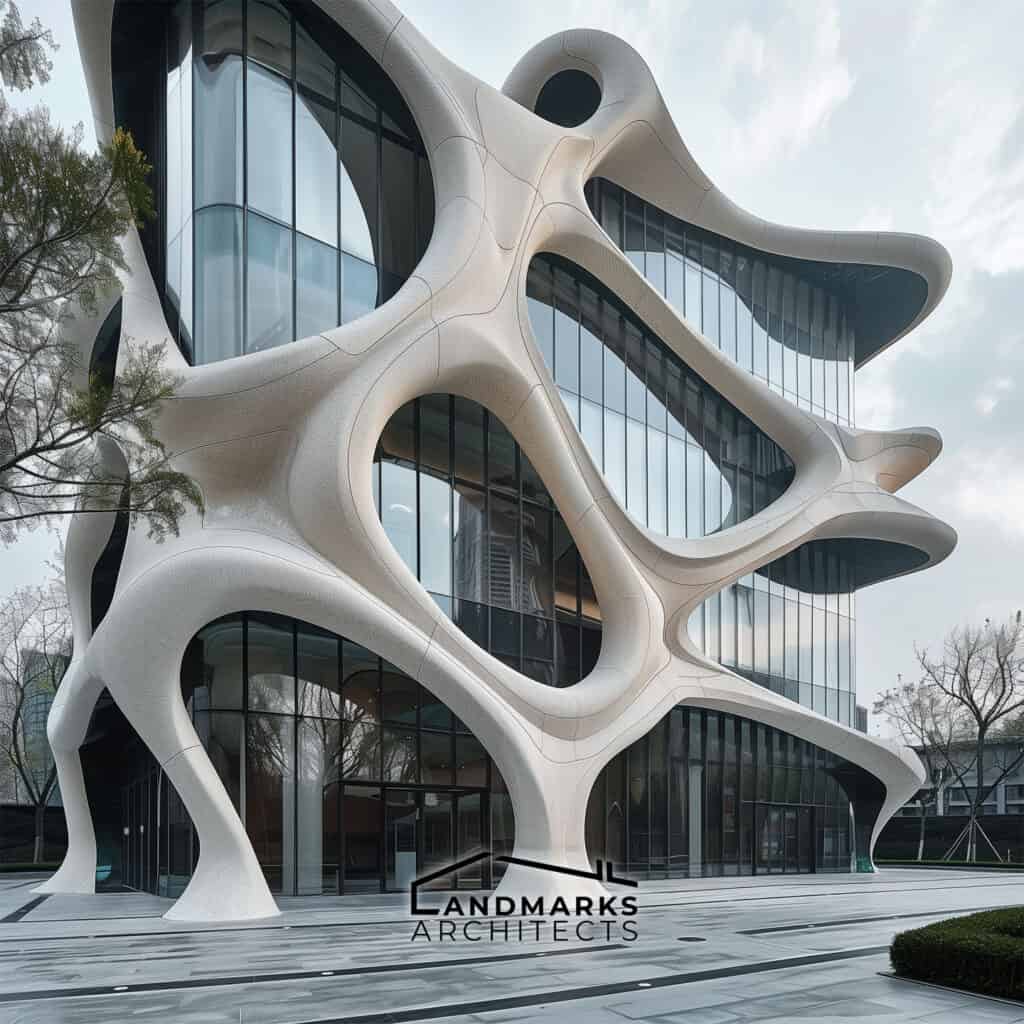
Organic forms can be challenging to incorporate into a building’s structure while maintaining structural integrity. Architects must balance the desire for an organic form with the need for a stable and safe structure. The golden section is often used to achieve the desired proportions and balance while maintaining structural integrity.
Architectural Theory and Human Scale
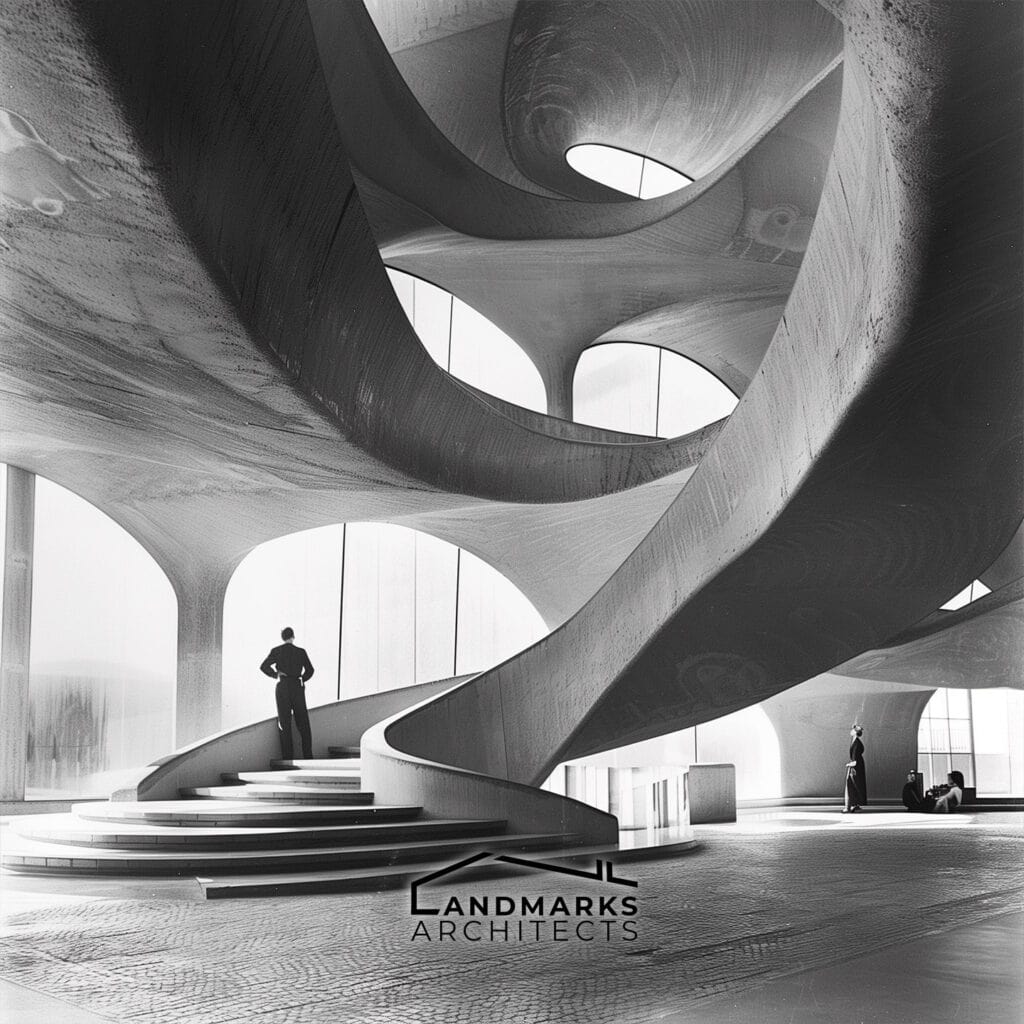
Architectural theory is pivotal in employing organic forms, with architects prioritizing human scale for comfort and functionality. Reference to the human figure guides design, exemplified in Alvar Aalto’s work, where it informs the design process.
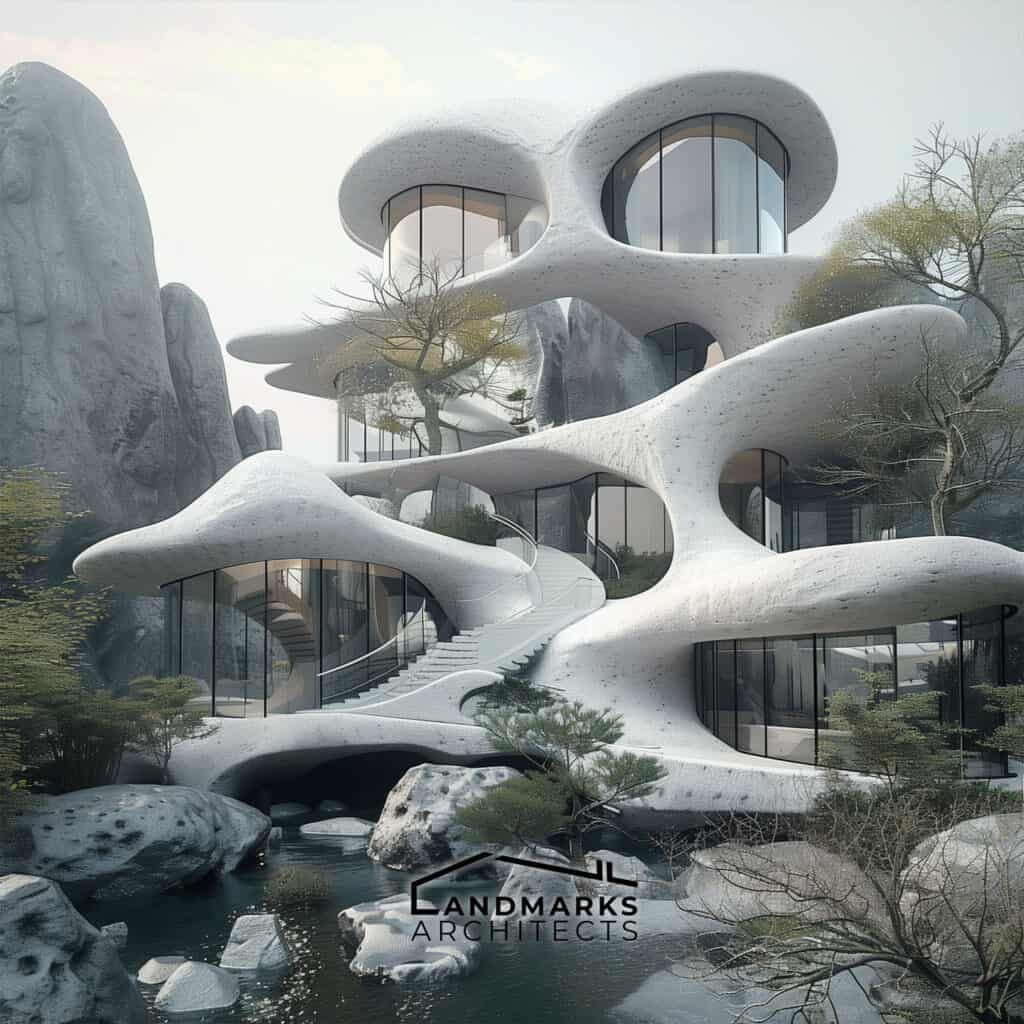
Organic forms are an essential aspect of architecture that can create a connection between a building and its surroundings. Architects must balance the desire for an organic form with the need for a stable and safe structure while considering the human scale and architectural theory.
See Also Organic Form Architecture
9. Geometric Forms
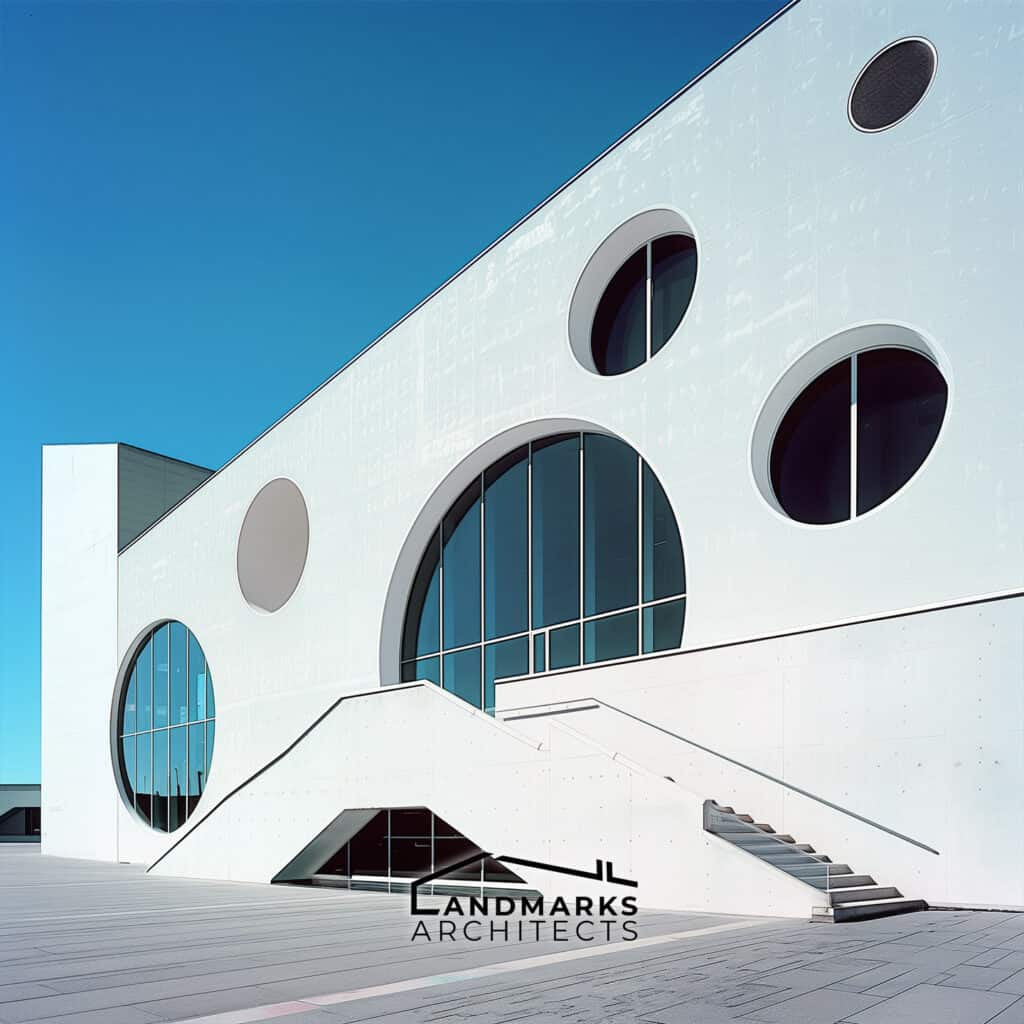
Form in Architecture and Geometric Precision
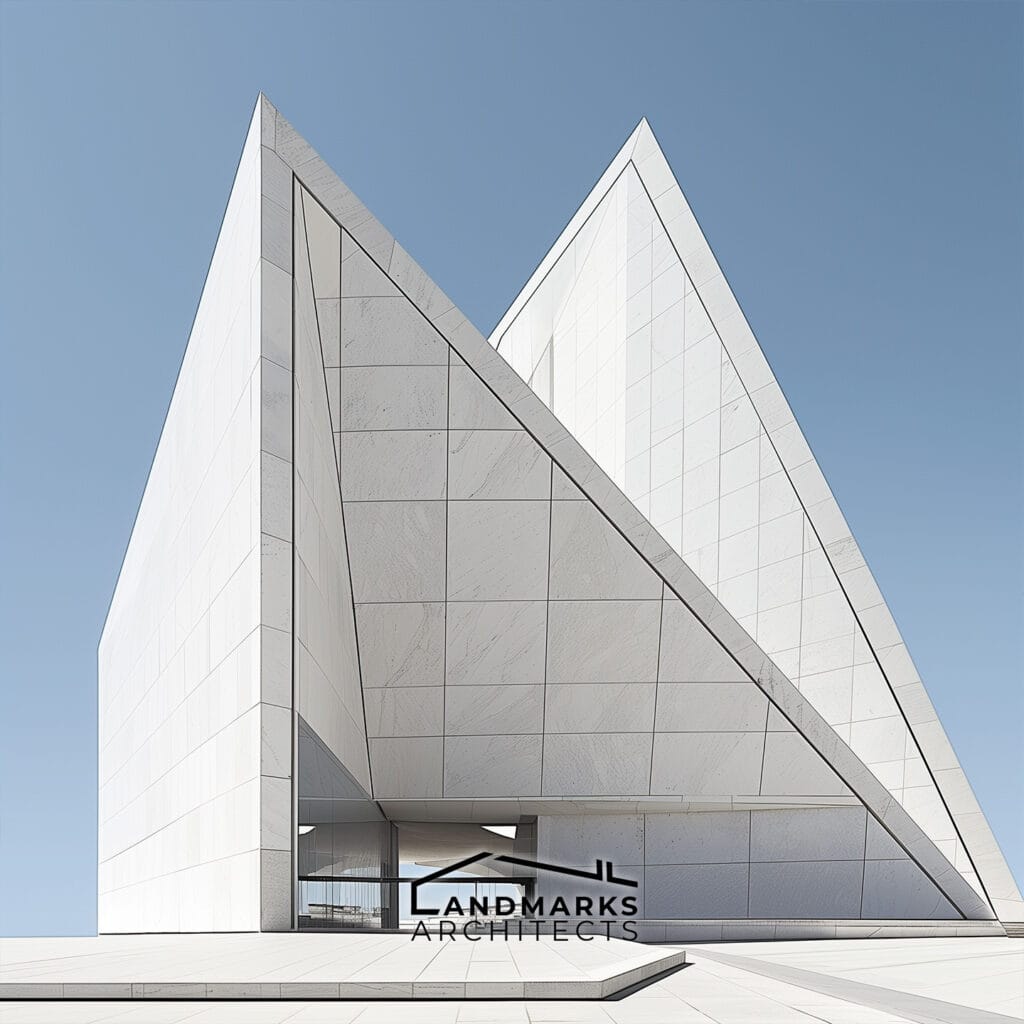
Geometric precision is foundational in architectural form, often utilizing primary shapes like circles, squares, and triangles. The golden mean, a centuries-old mathematical ratio, enhances geometric form creation, resulting in visually appealing and structurally robust buildings.
Architectural Form and Building Surfaces
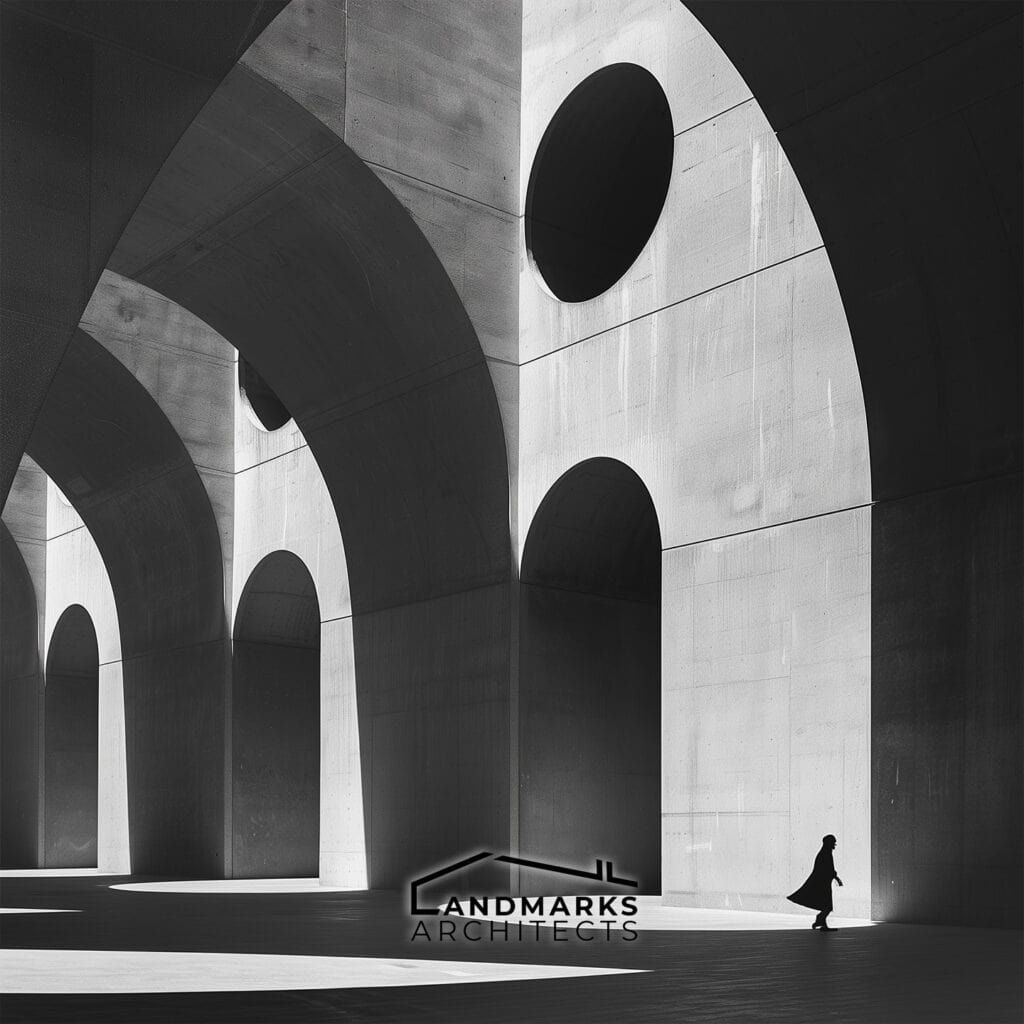
Architectural form embodies the three-dimensional manifestation of a building’s design, encompassing surfaces like walls, floors, and roofs. Proportions of these surfaces are pivotal for harmony and balance, often achieved through geometric forms such as arches and domes, lending uniqueness and innovation to architectural design.
Architectural Theory and Design Innovation
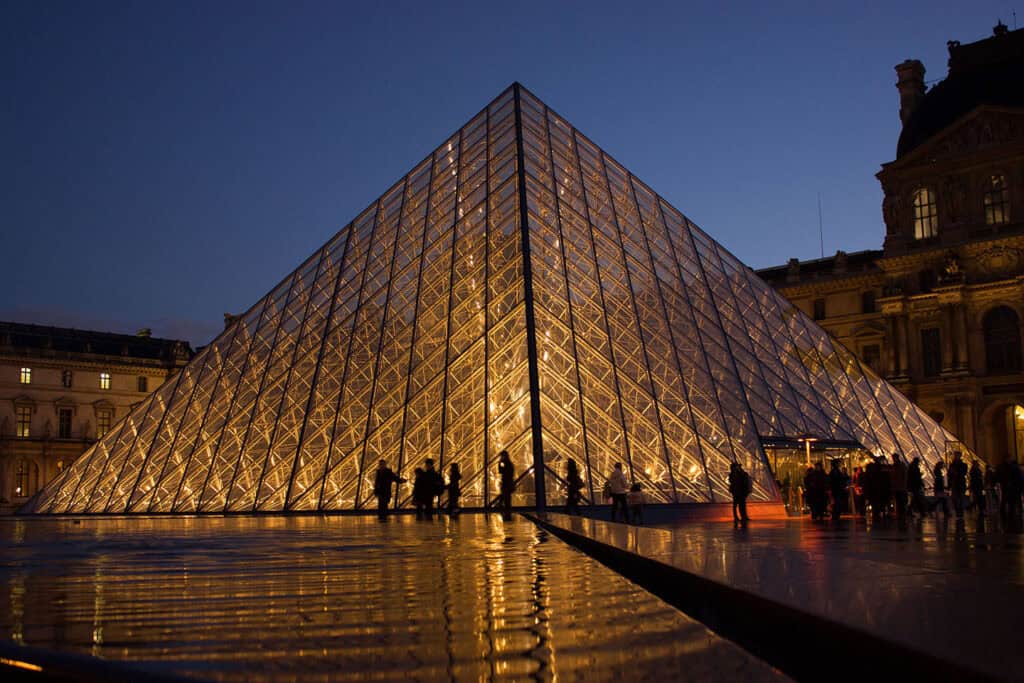
Architectural theory and innovative design practices have propelled the integration of digital technologies in creating new architectural forms. Examples like the Louvre Pyramid in Paris showcase how digital tools enable innovative architectural designs through new composite forms. The exploration of geometric forms further pushes the boundaries of traditional architectural design, fostering innovation and creativity.
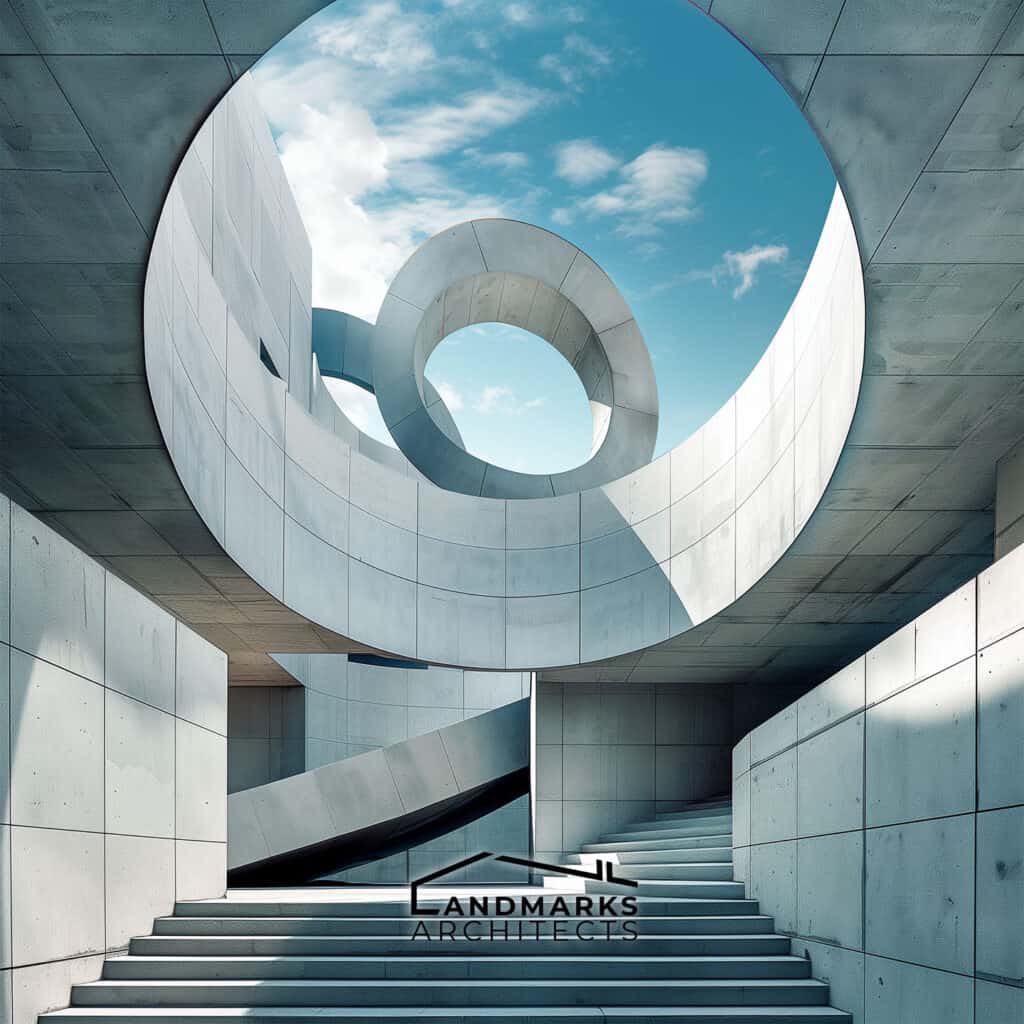

Geometric forms are fundamental in architecture, encompassing geometric precision, primary shapes, the golden mean, building surfaces, structural proportions, architectural theory, design innovation, and digital technologies—all contributing to the creation of unique and innovative architectural designs.
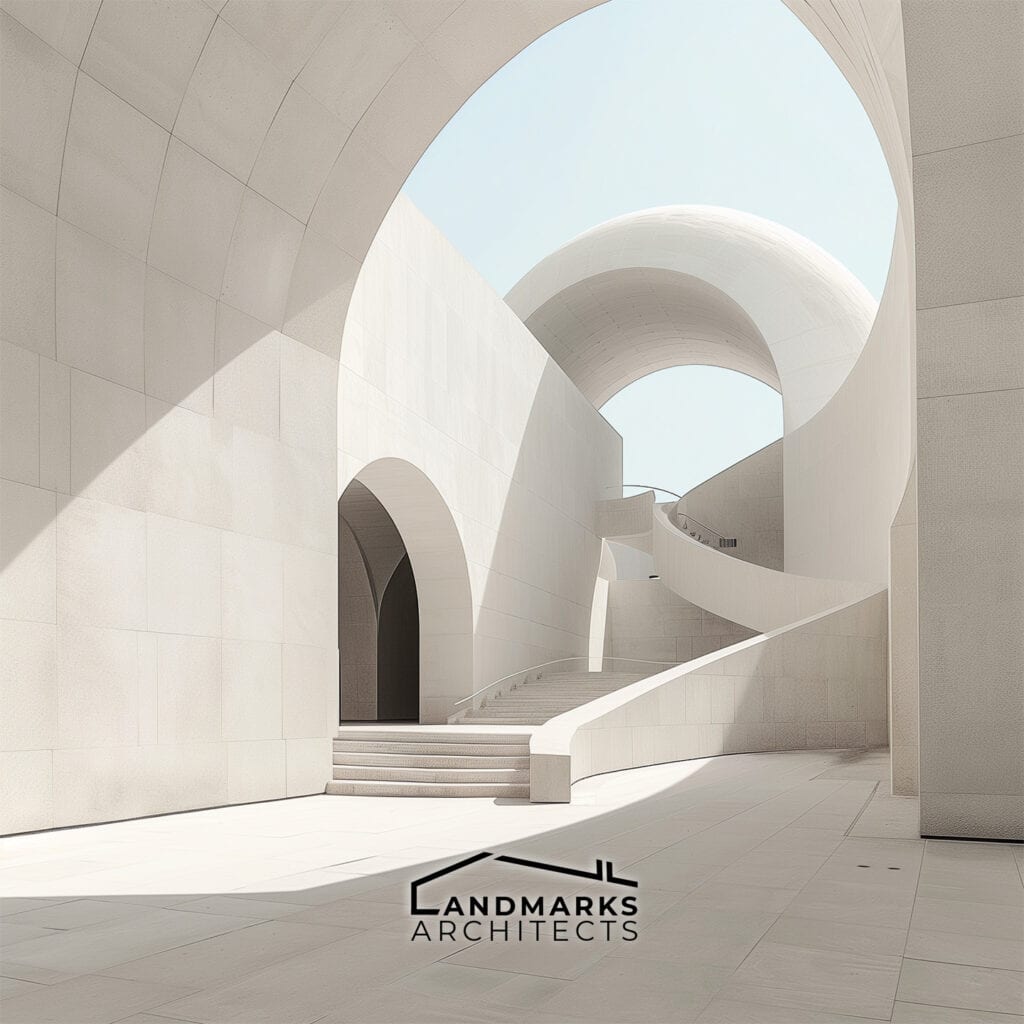
Reflecting on the intricacies of architectural form reveals its profound impact on our built environment and spatial experiences. From linear and rectilinear precision to the fluidity of curvilinear and radial designs, each form embodies structural integrity, aesthetic appeal, and functional innovation.
Integrating natural elements through organic and geometric forms further enriches this journey, inspiring sustainable and harmonious architectural solutions. Embrace these insights to reimagine spaces that seamlessly blend creativity with the timeless principles of architectural form.










